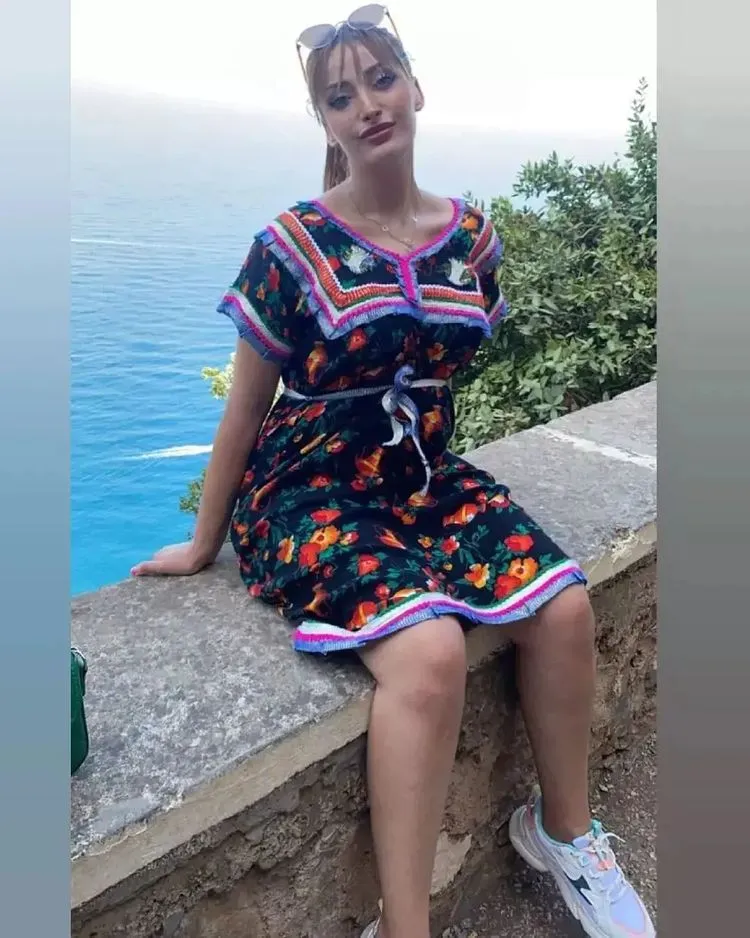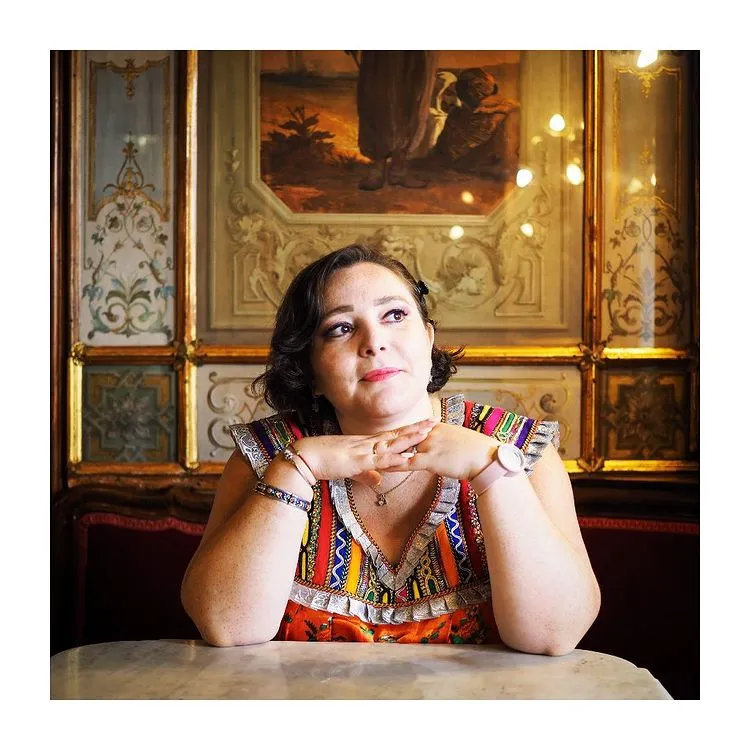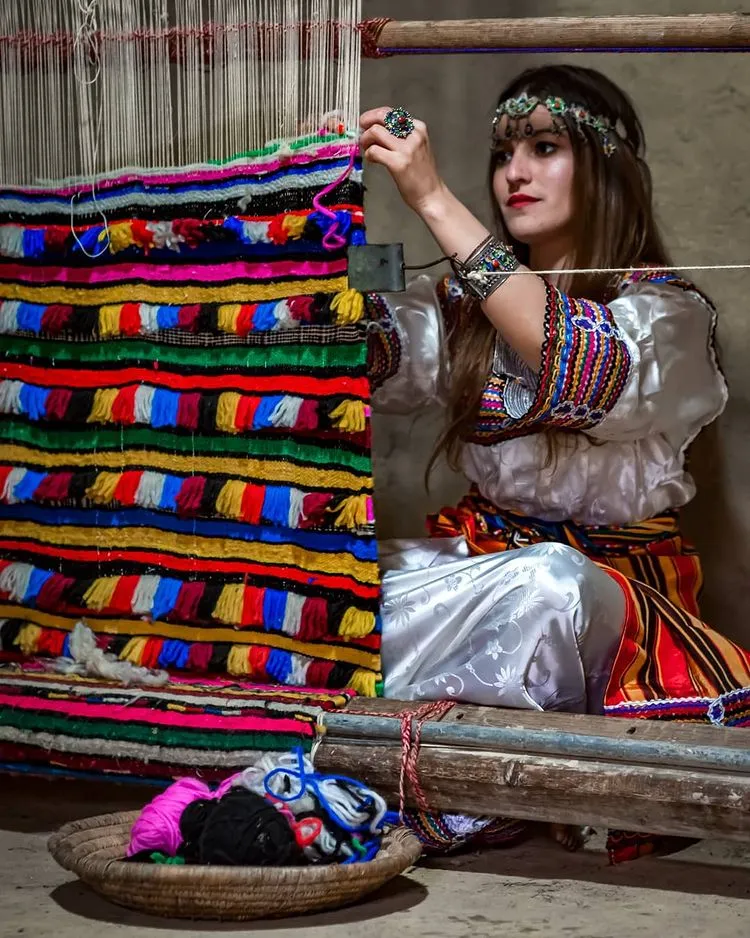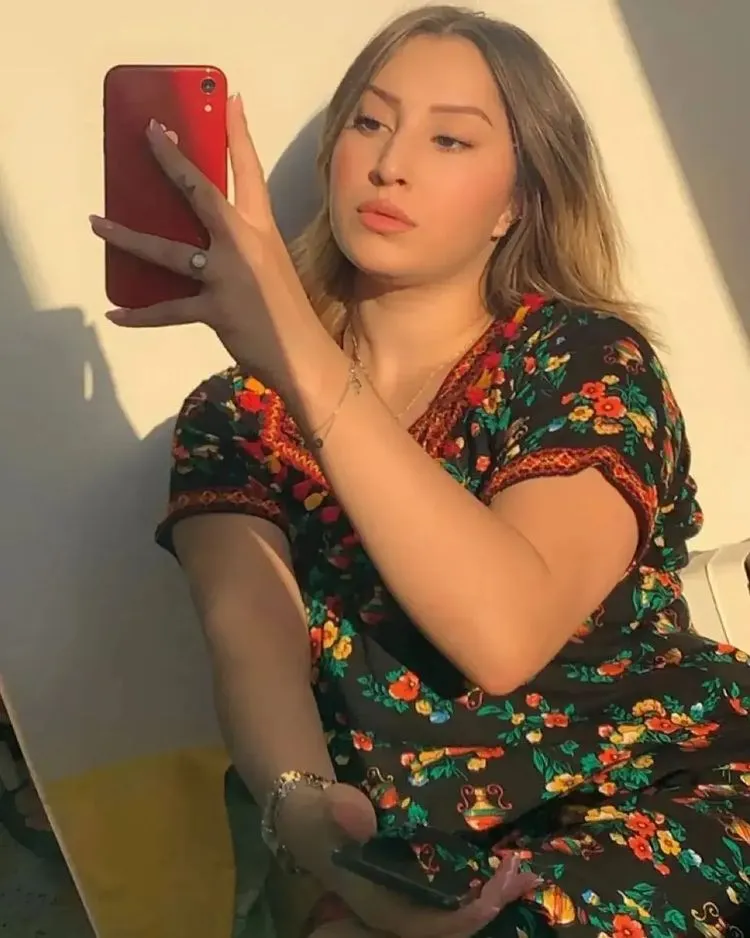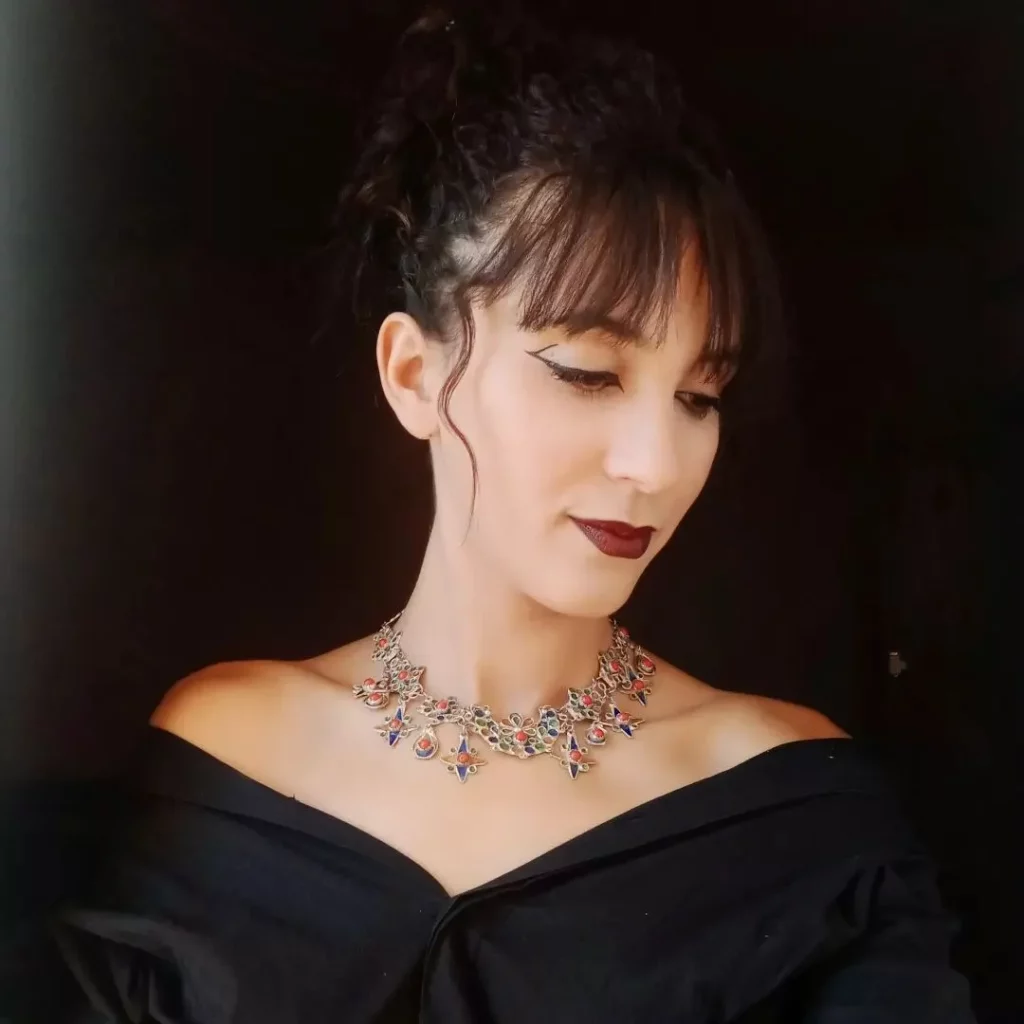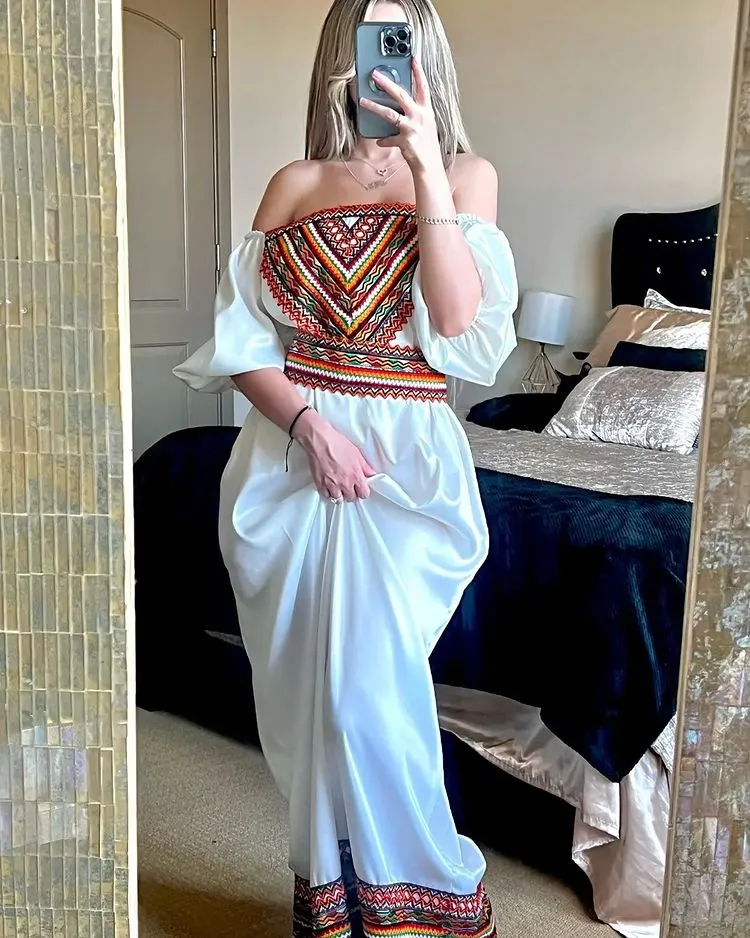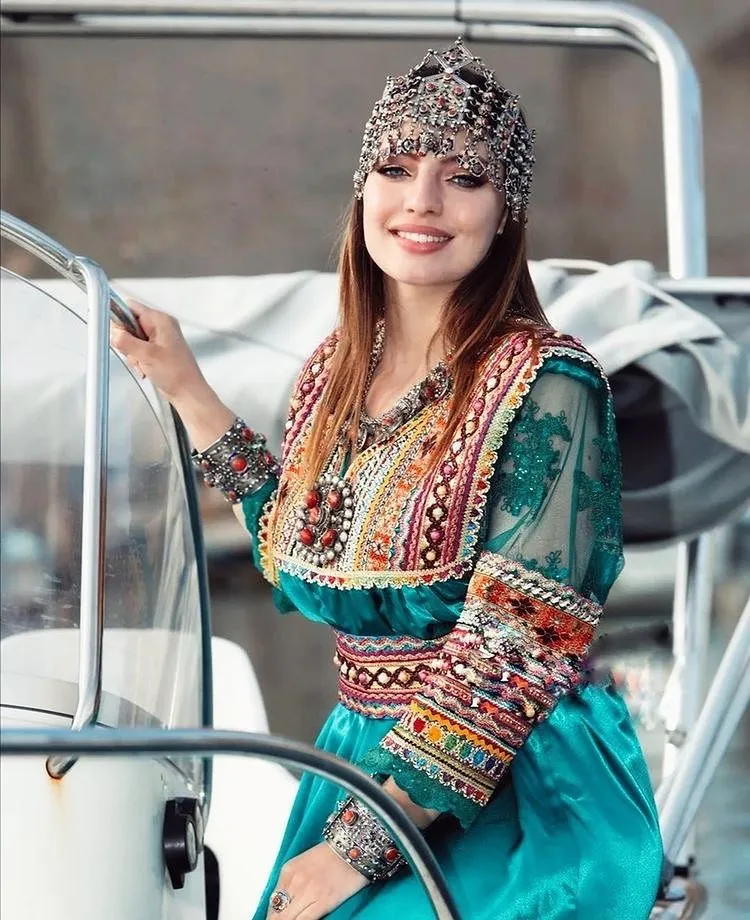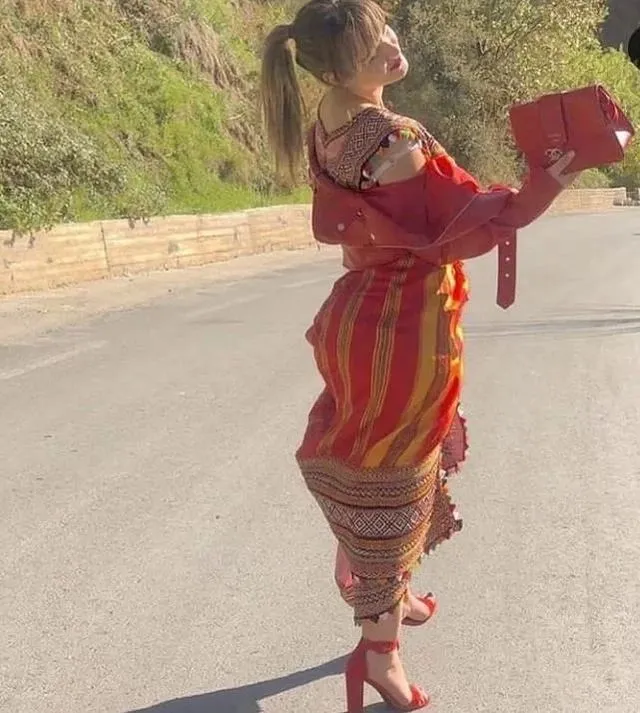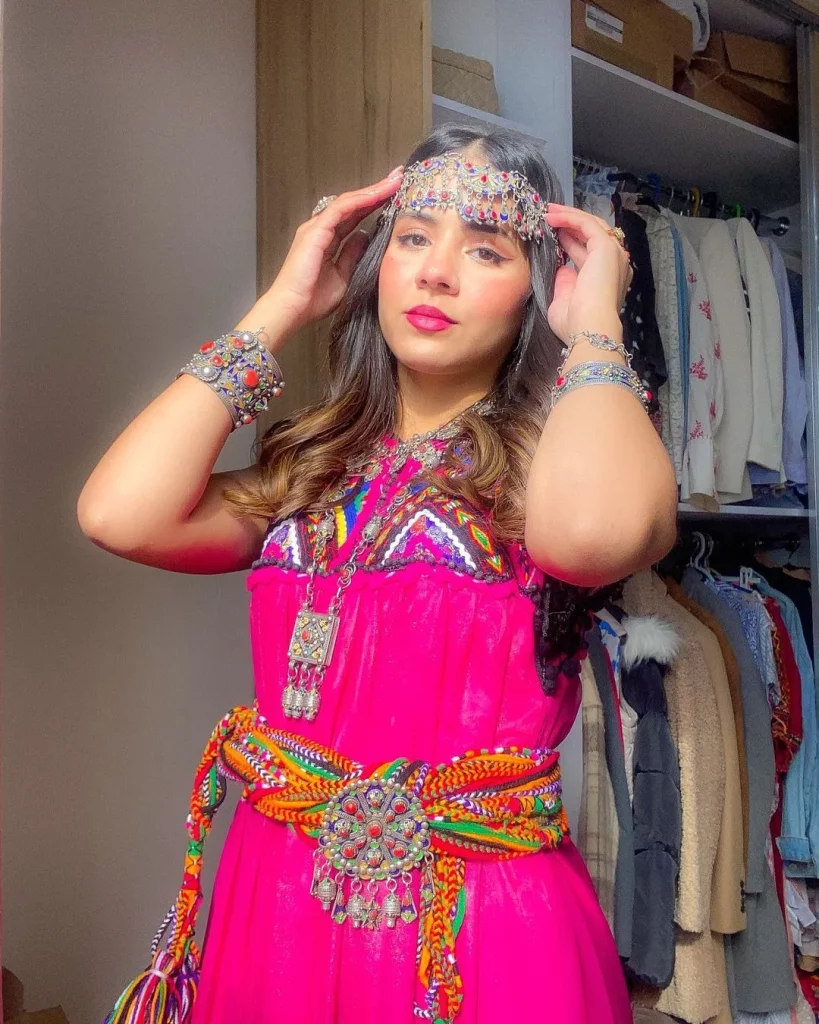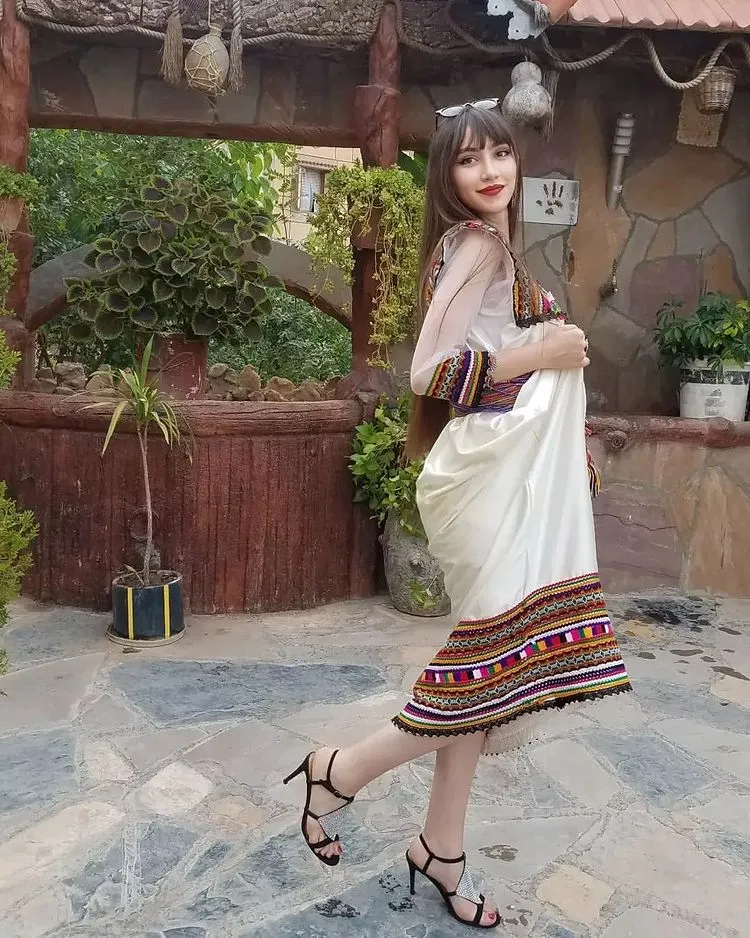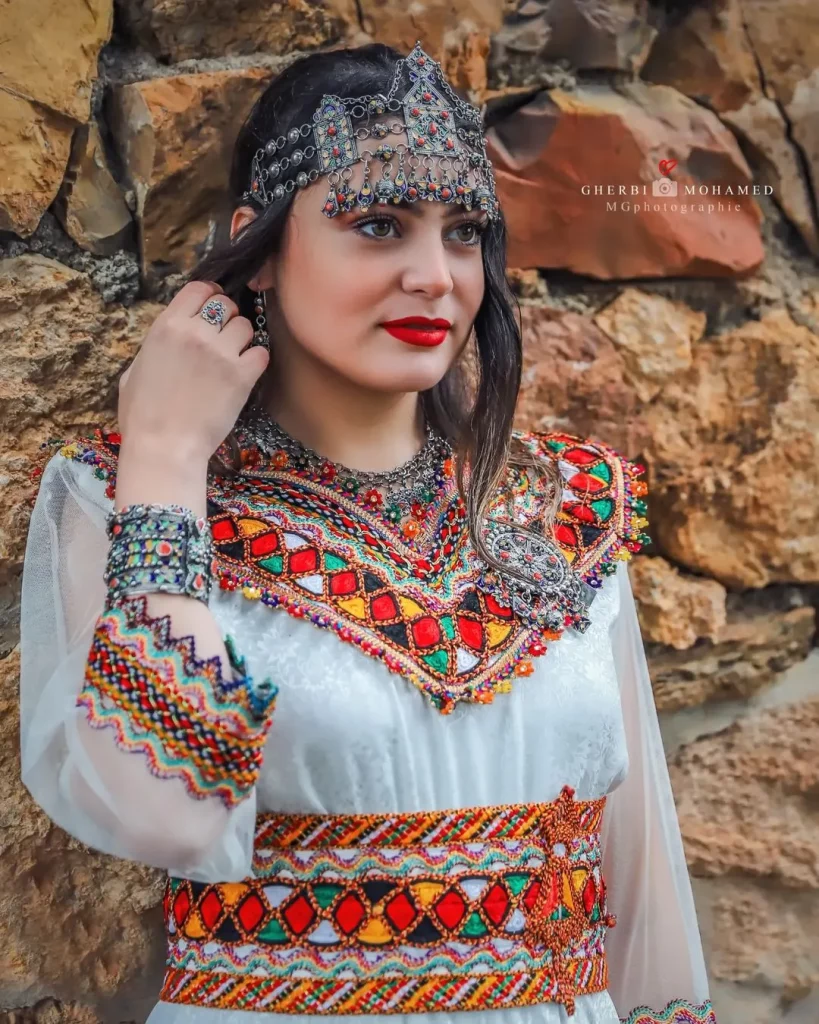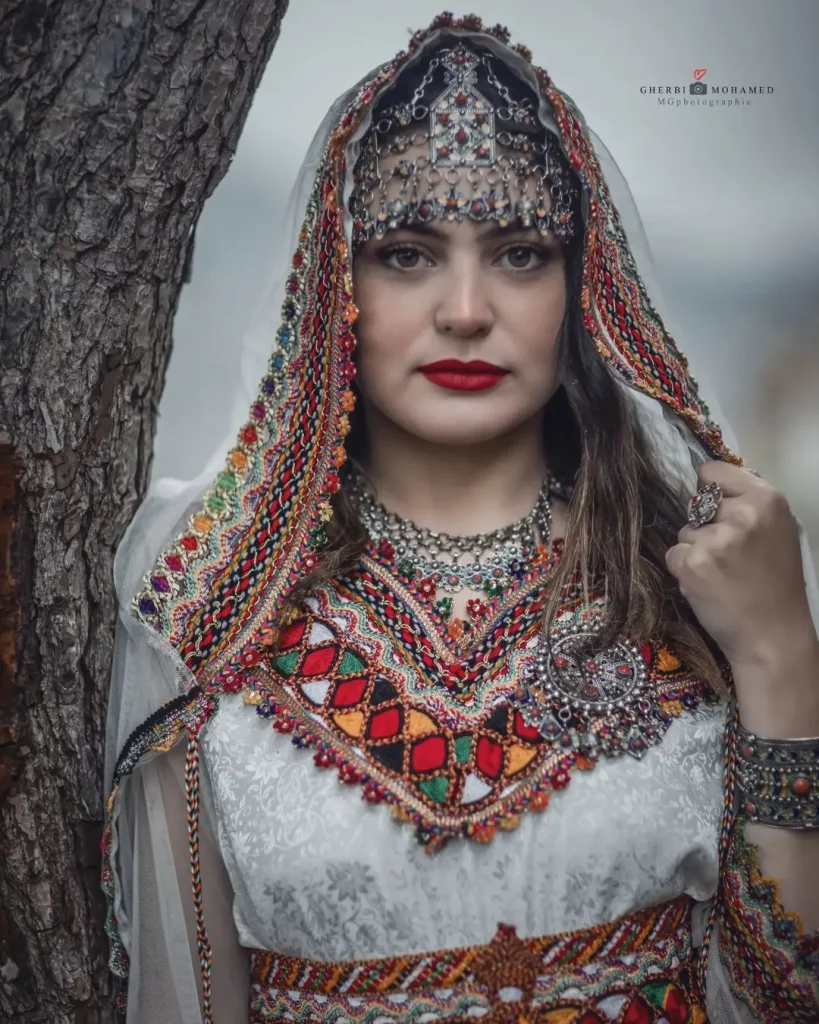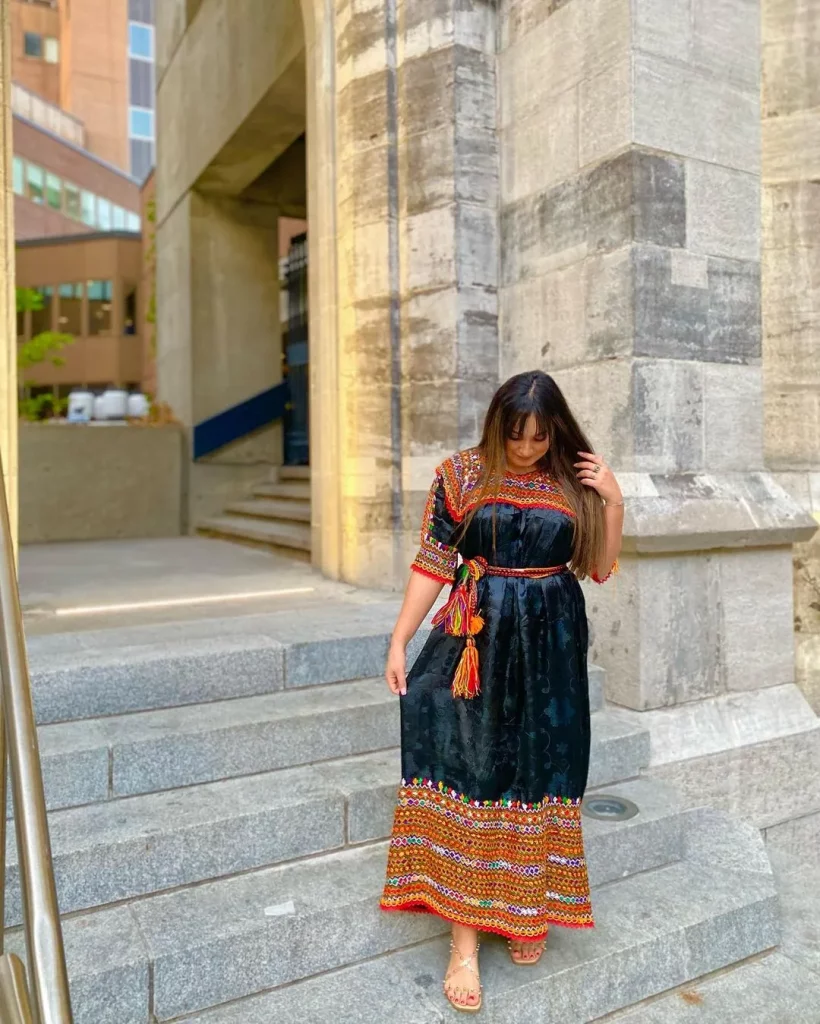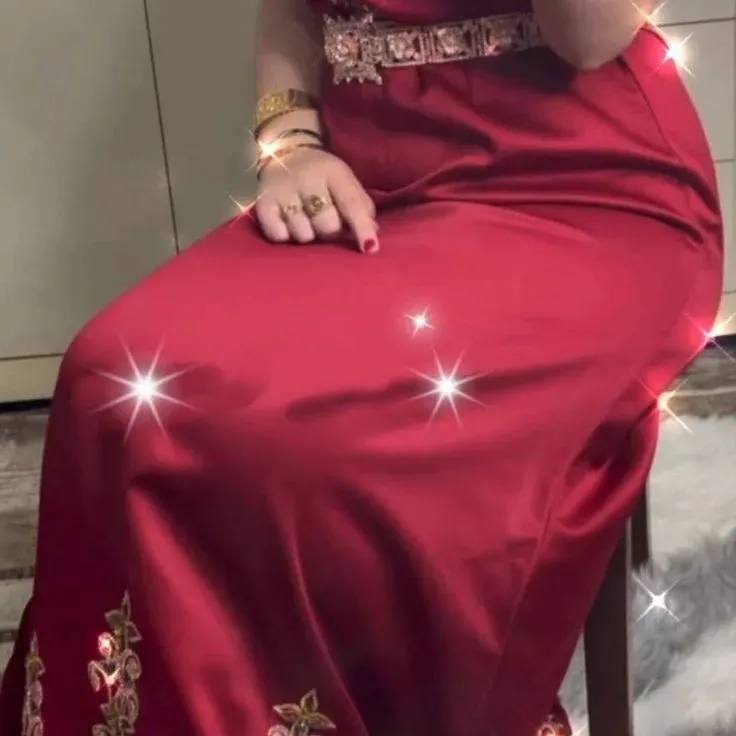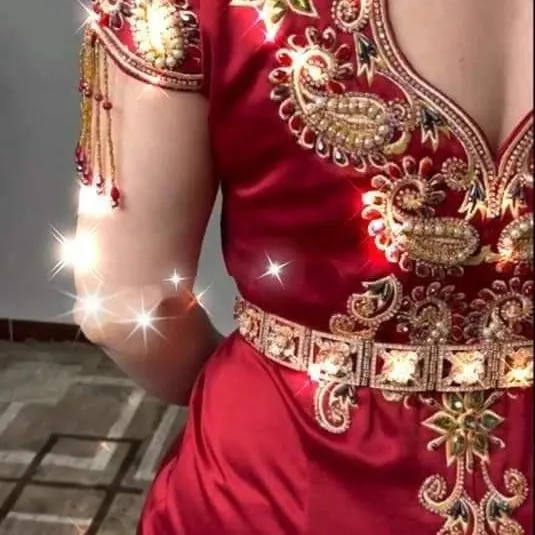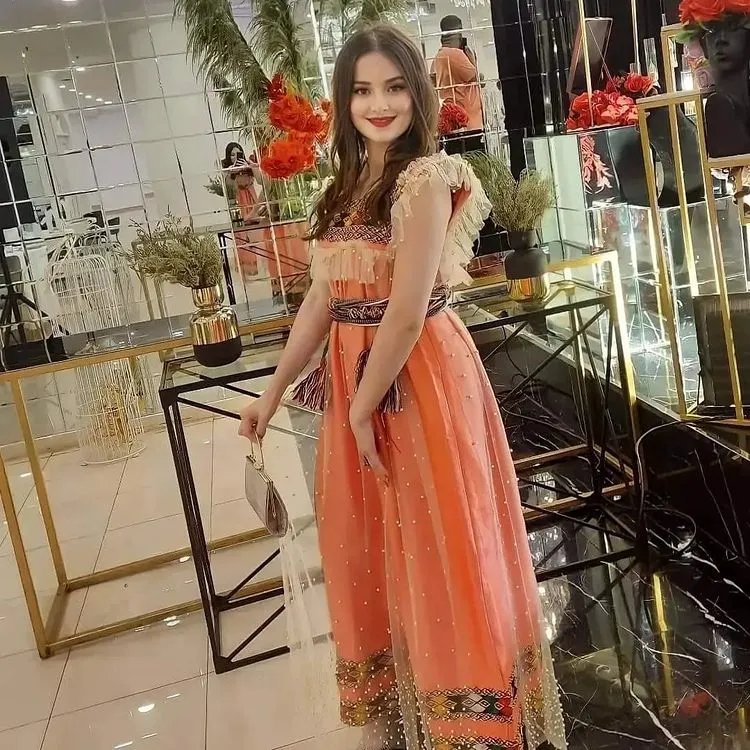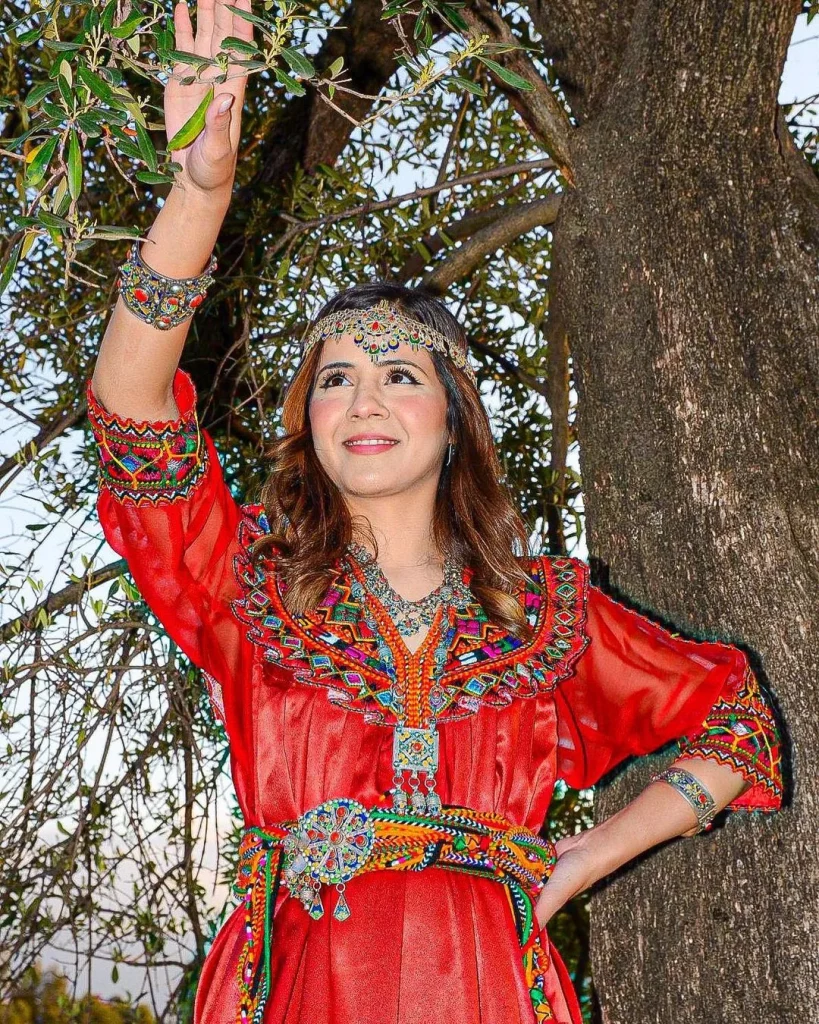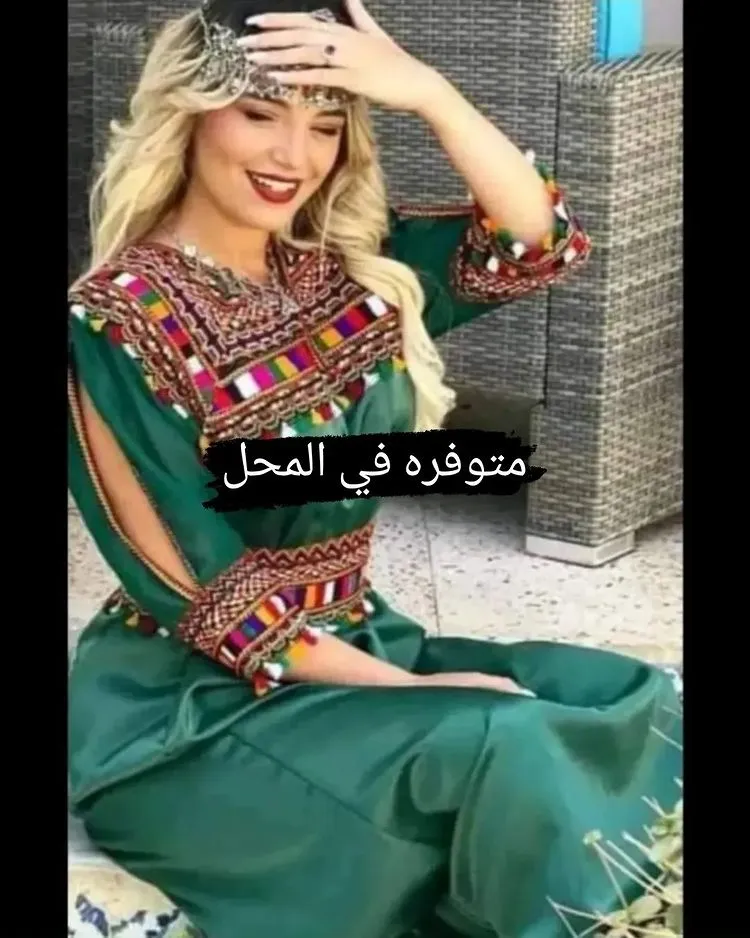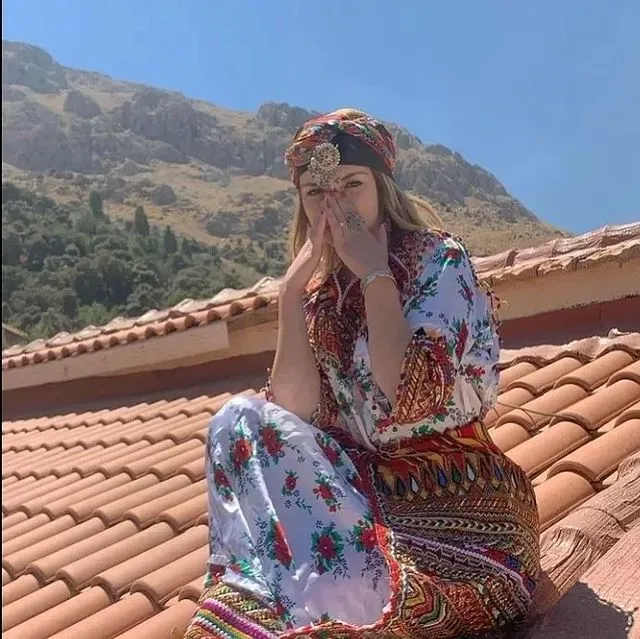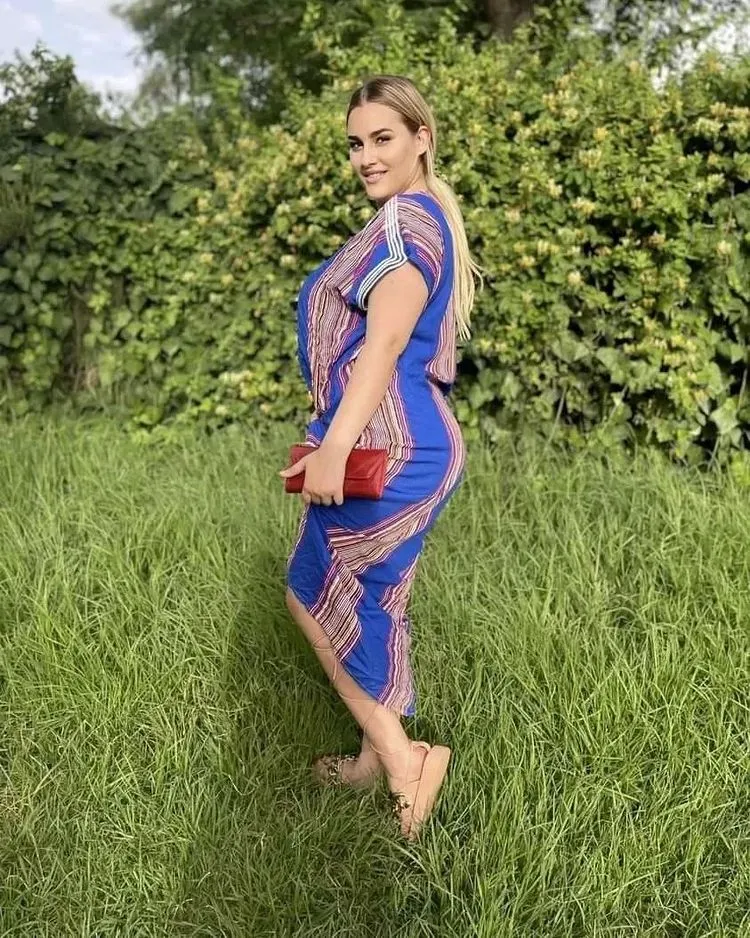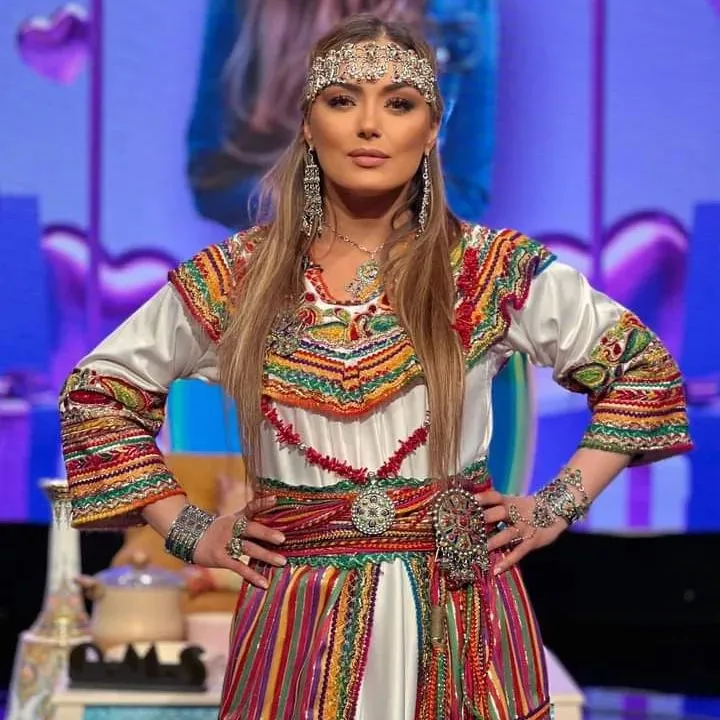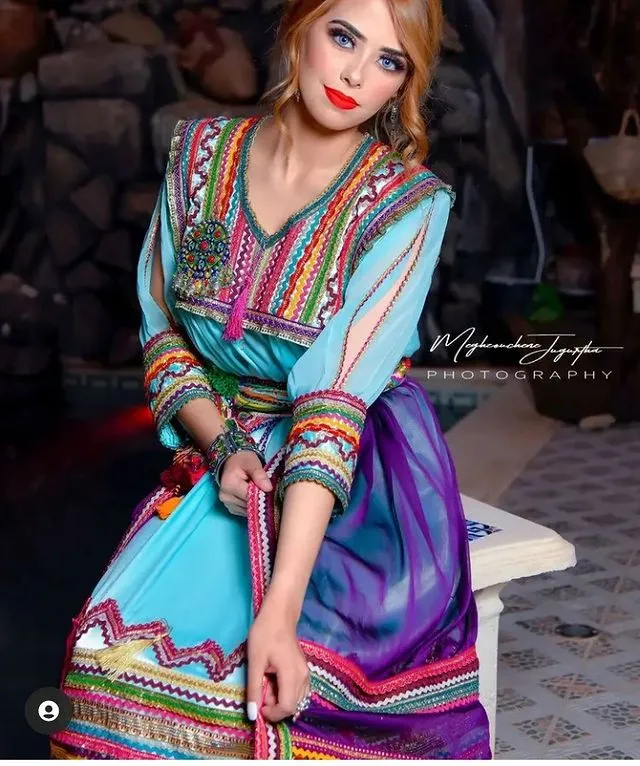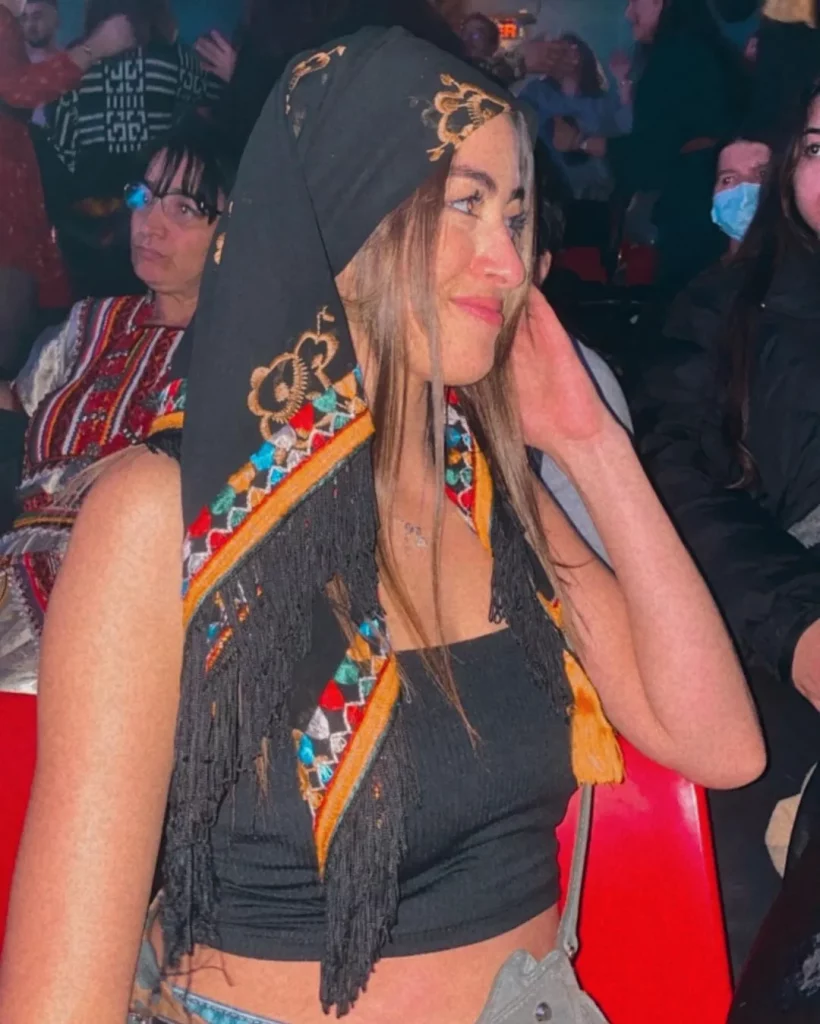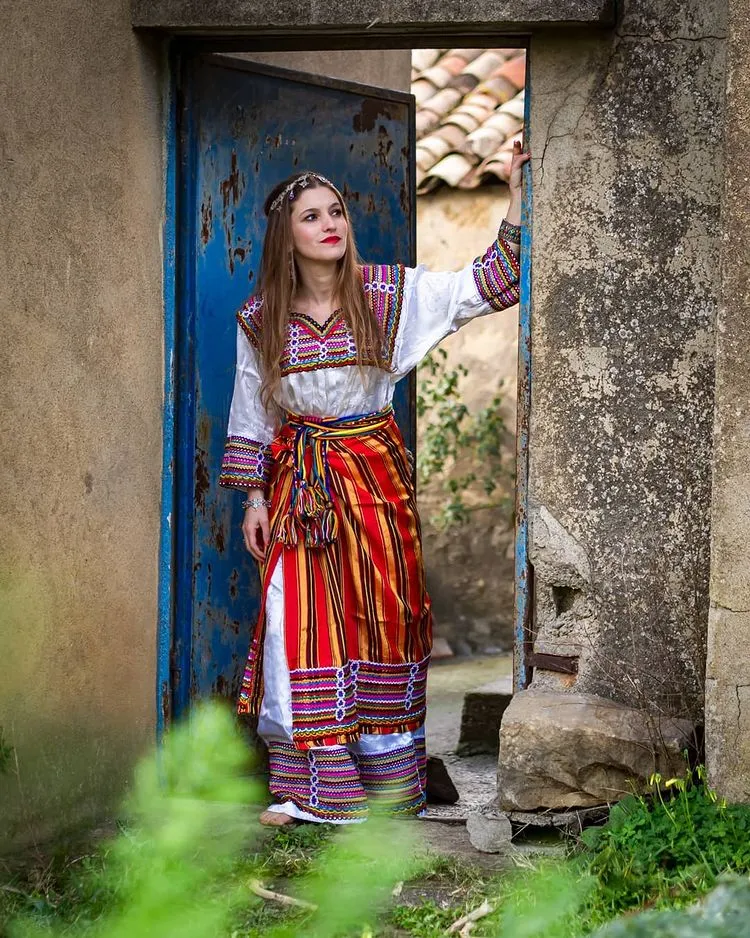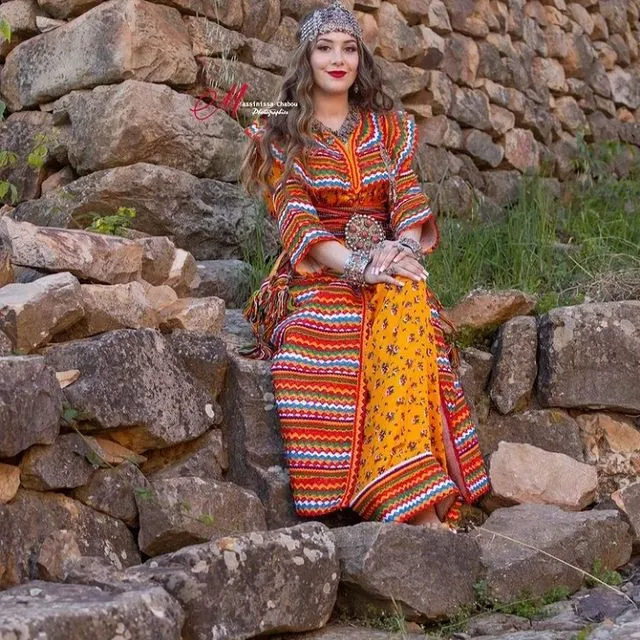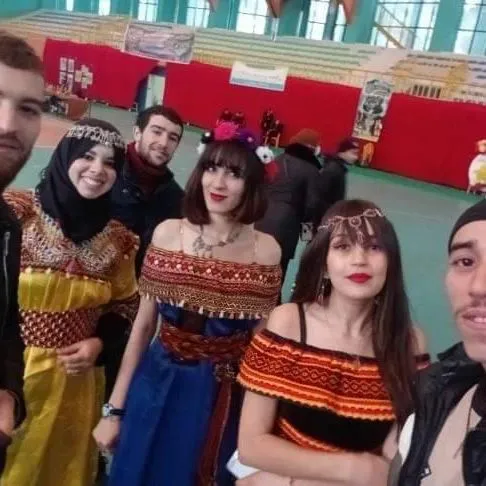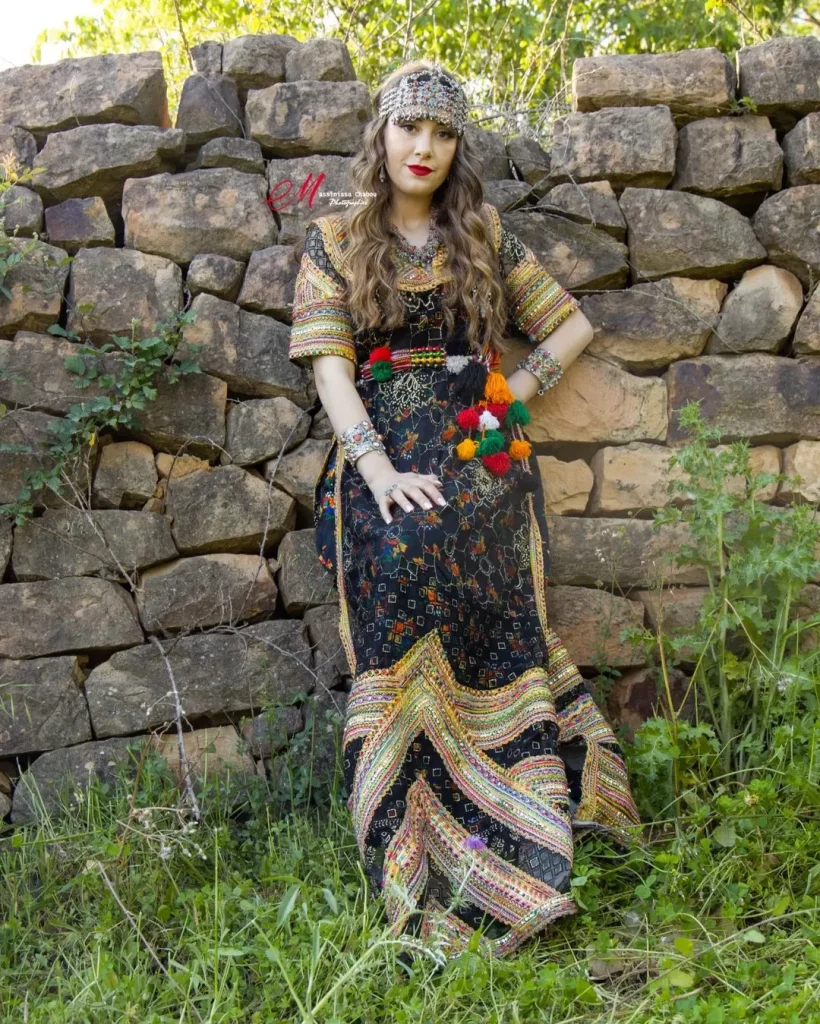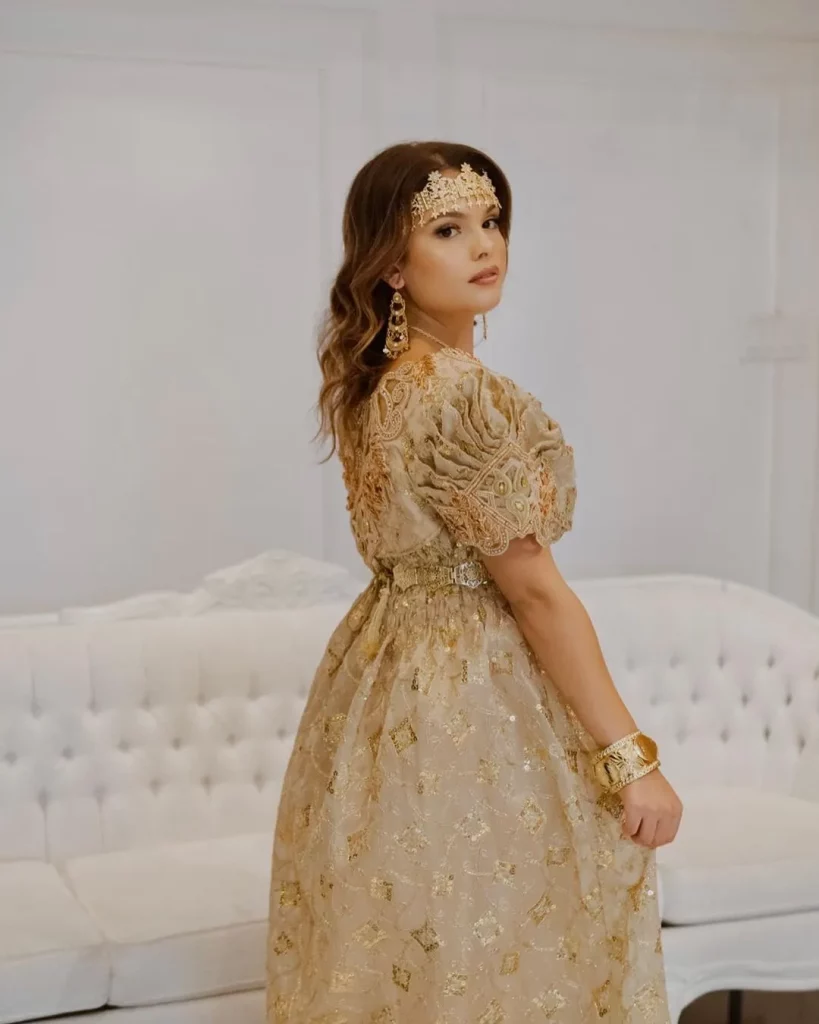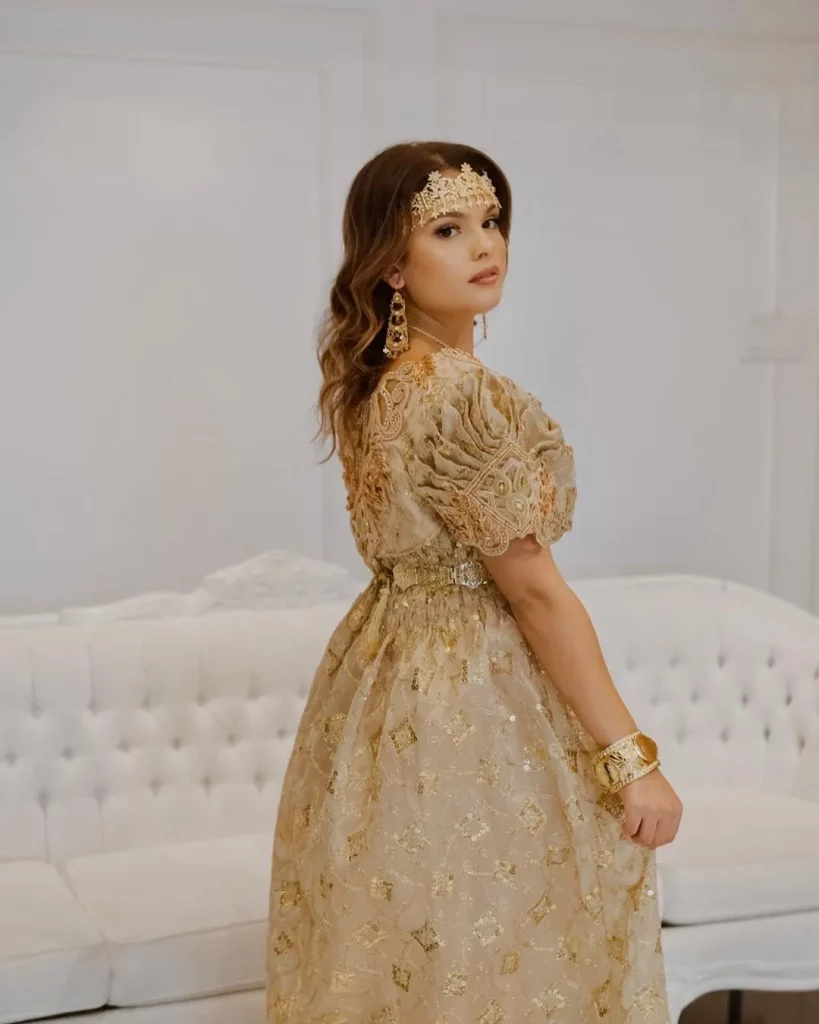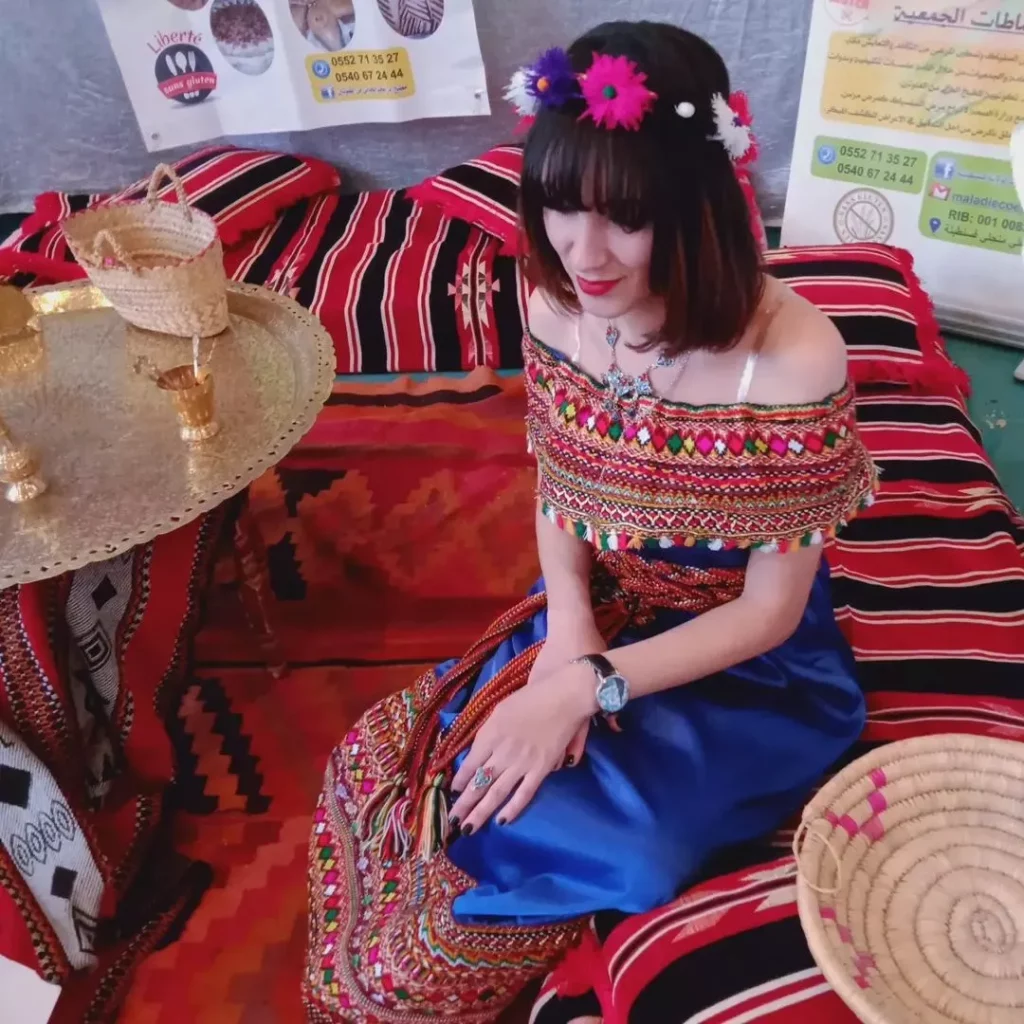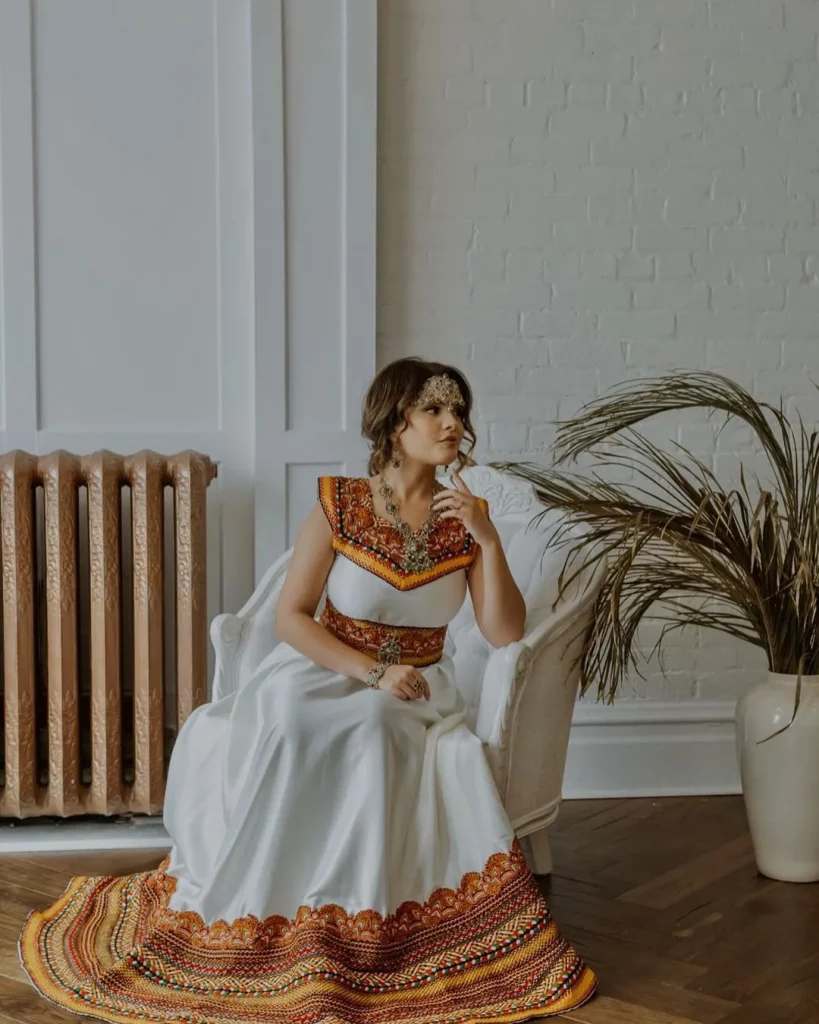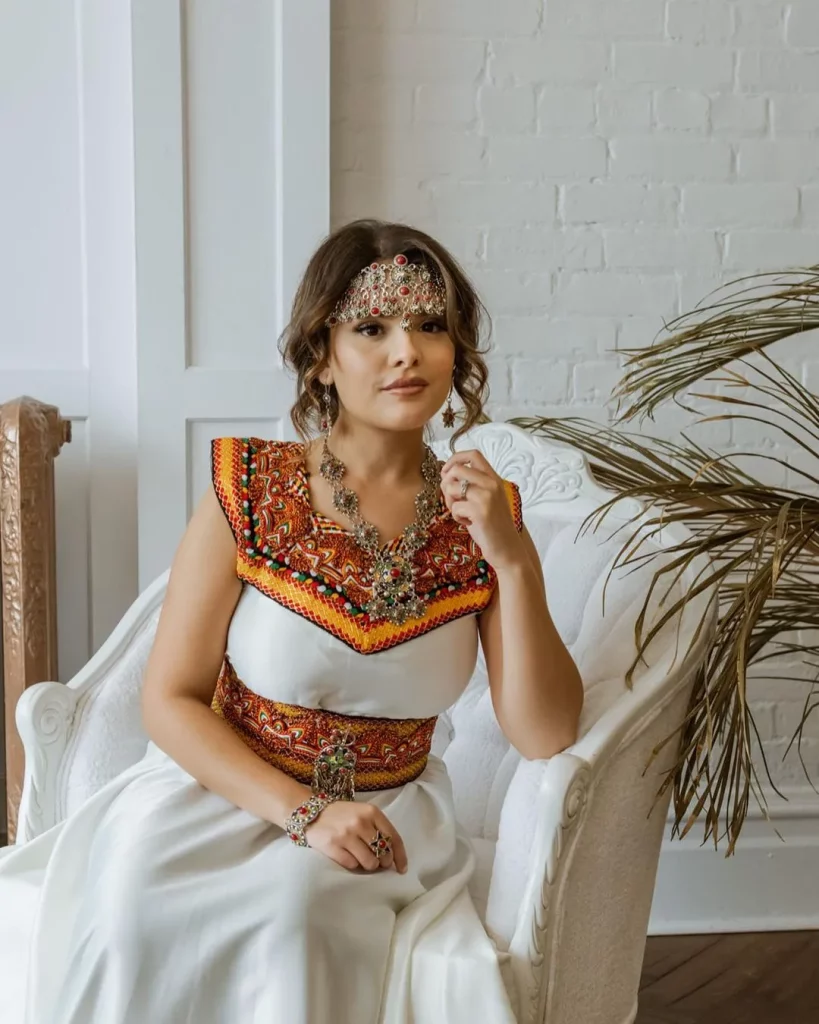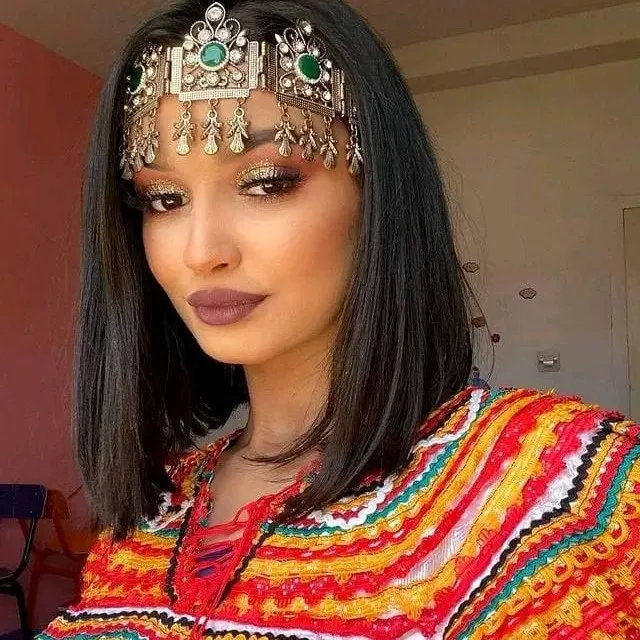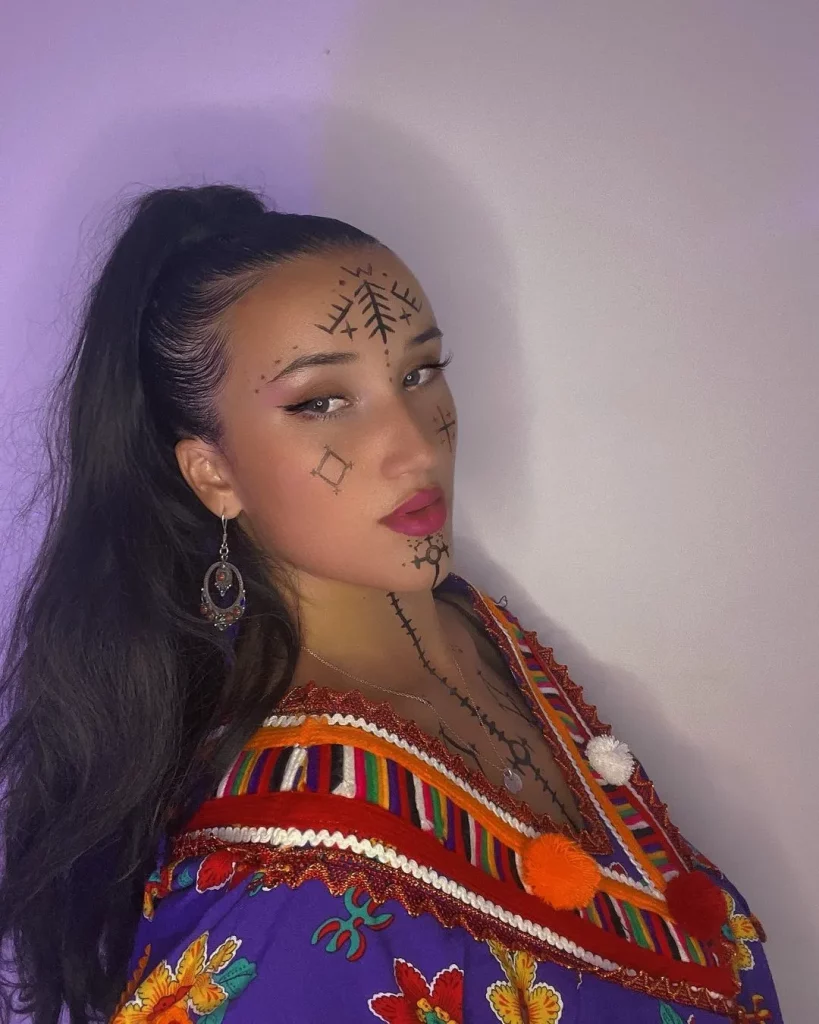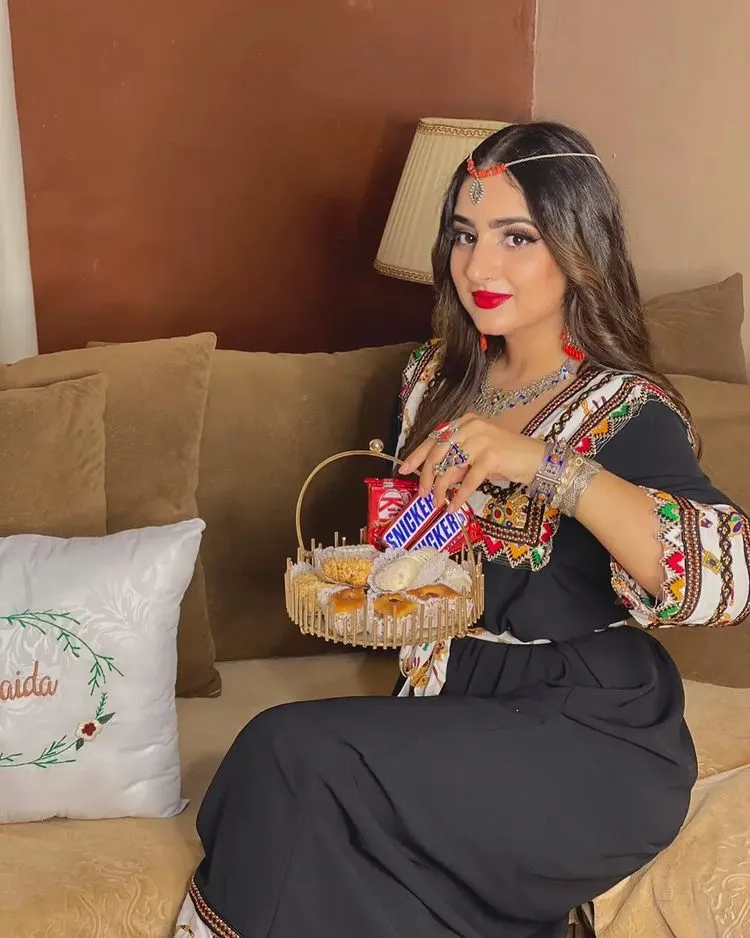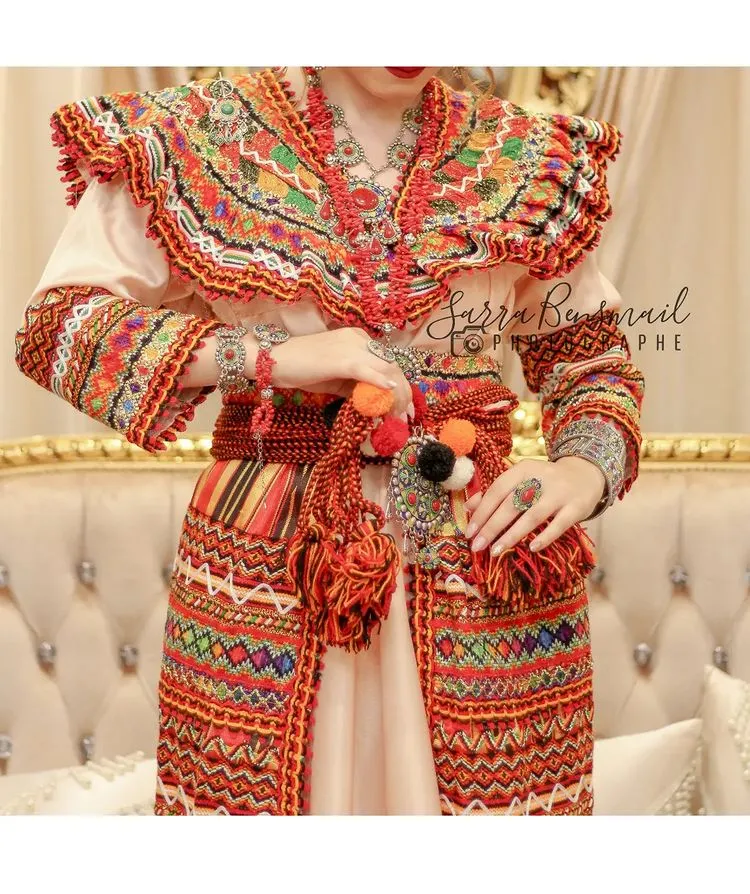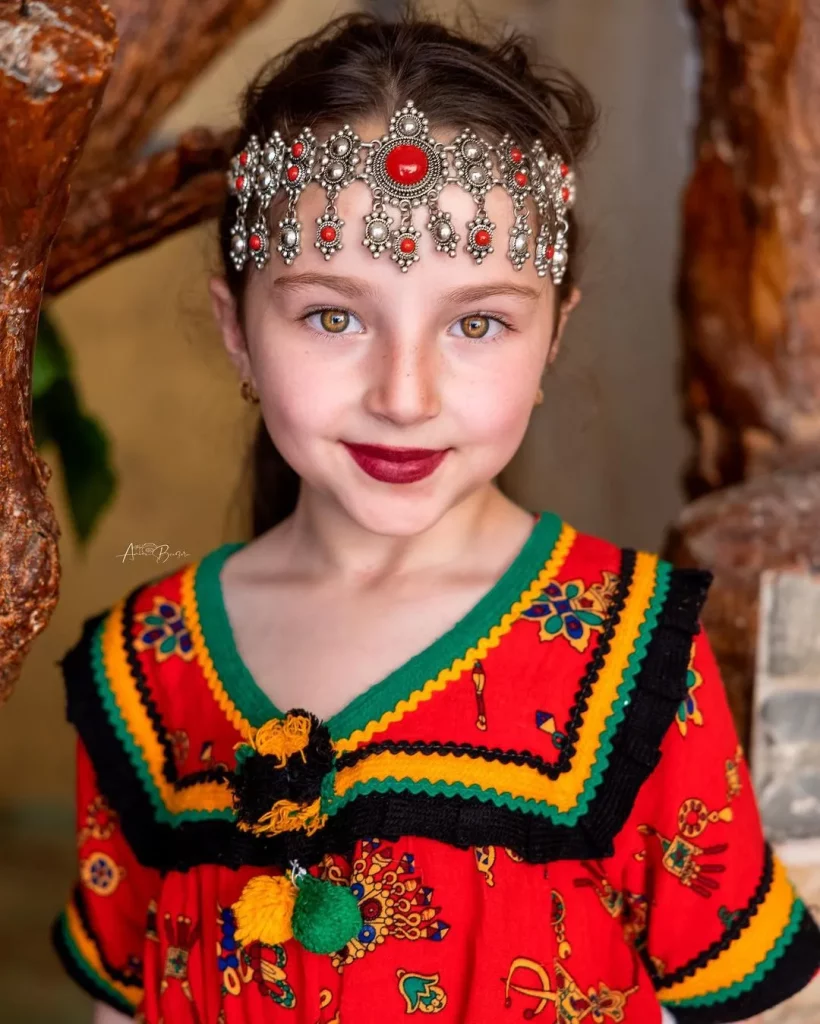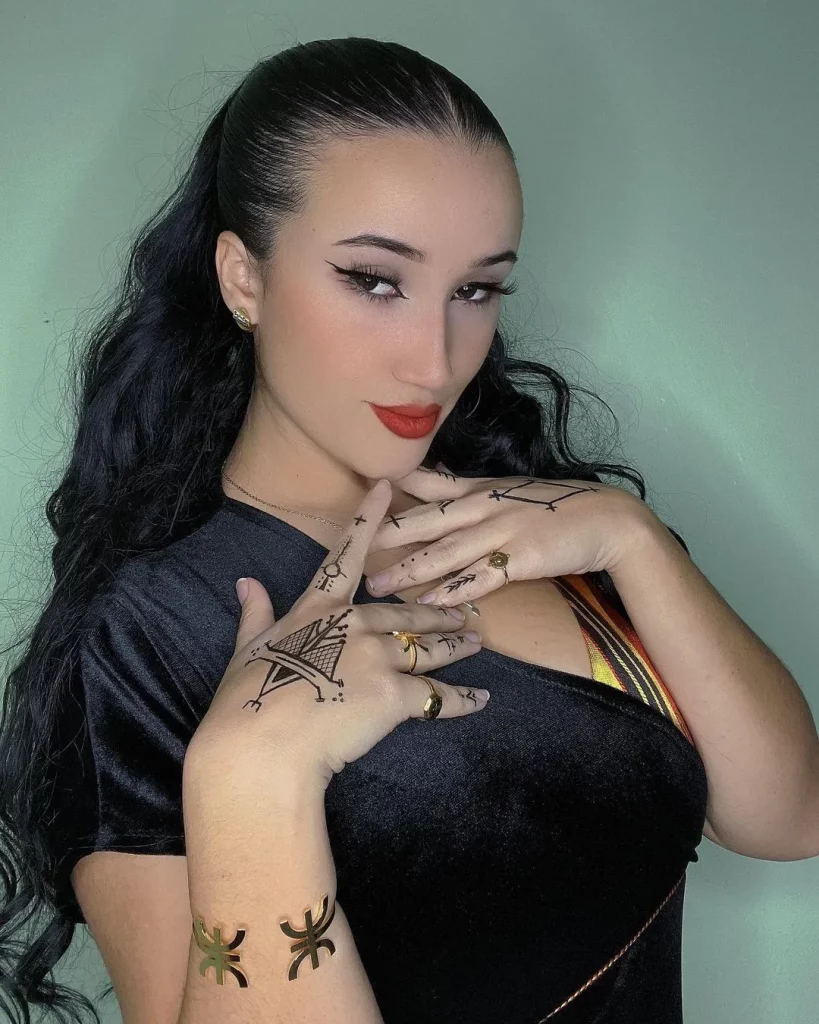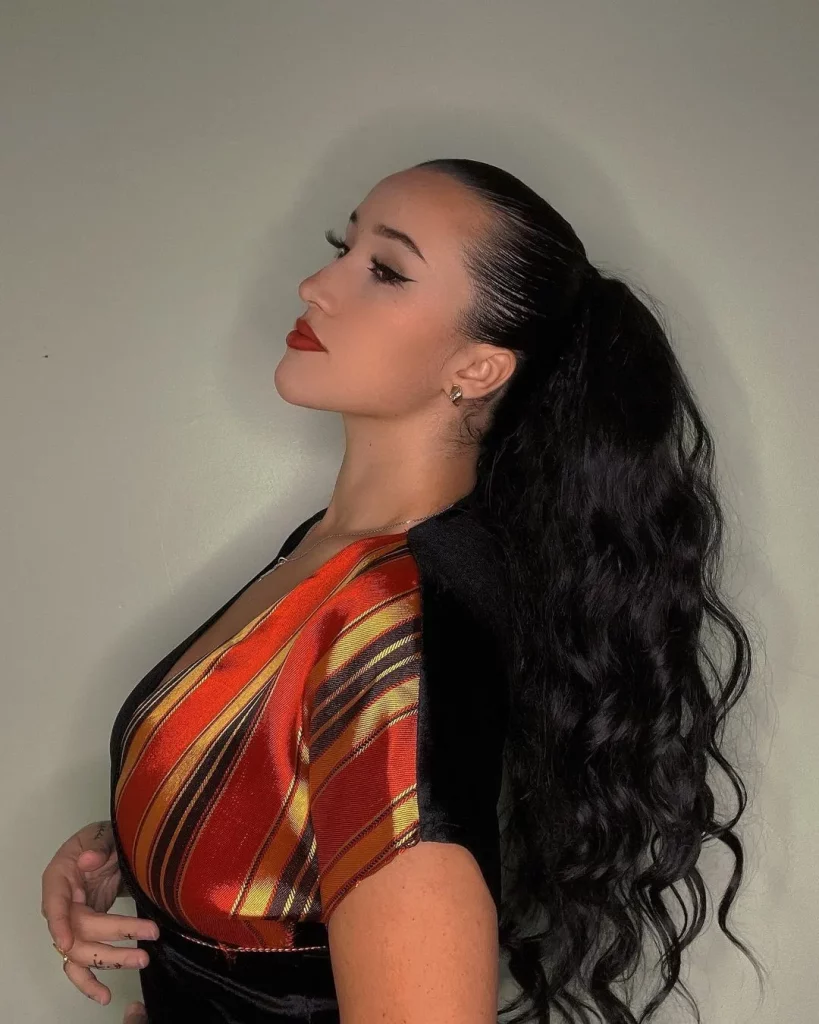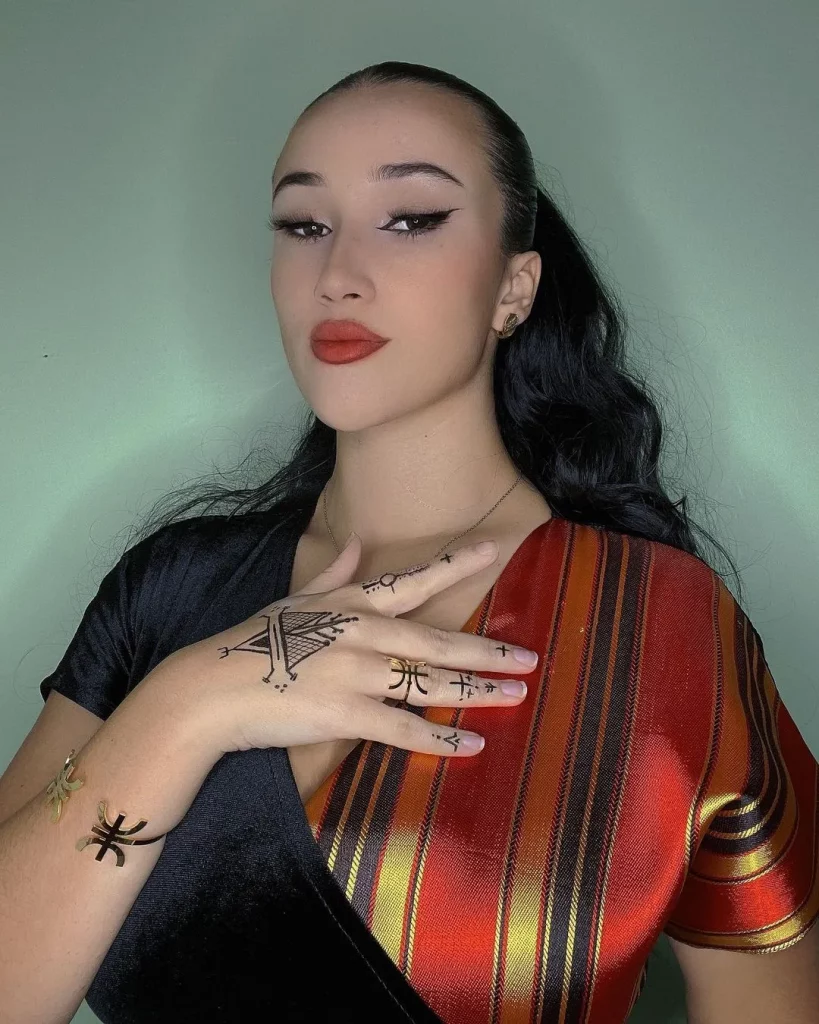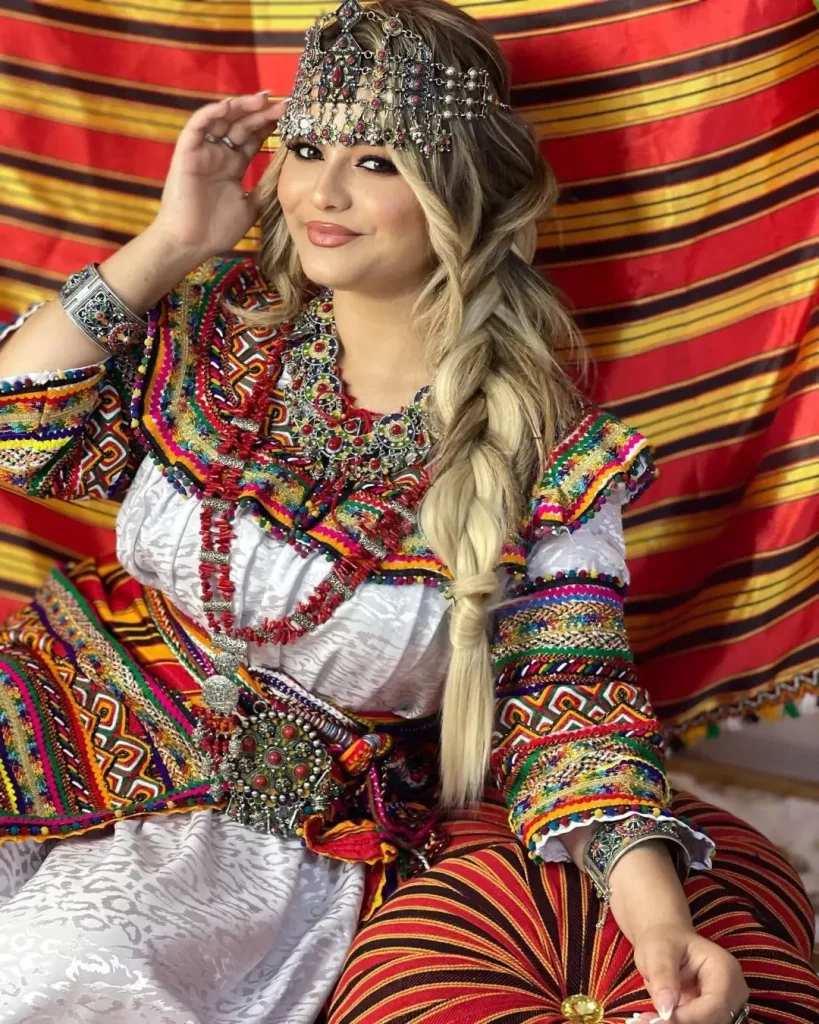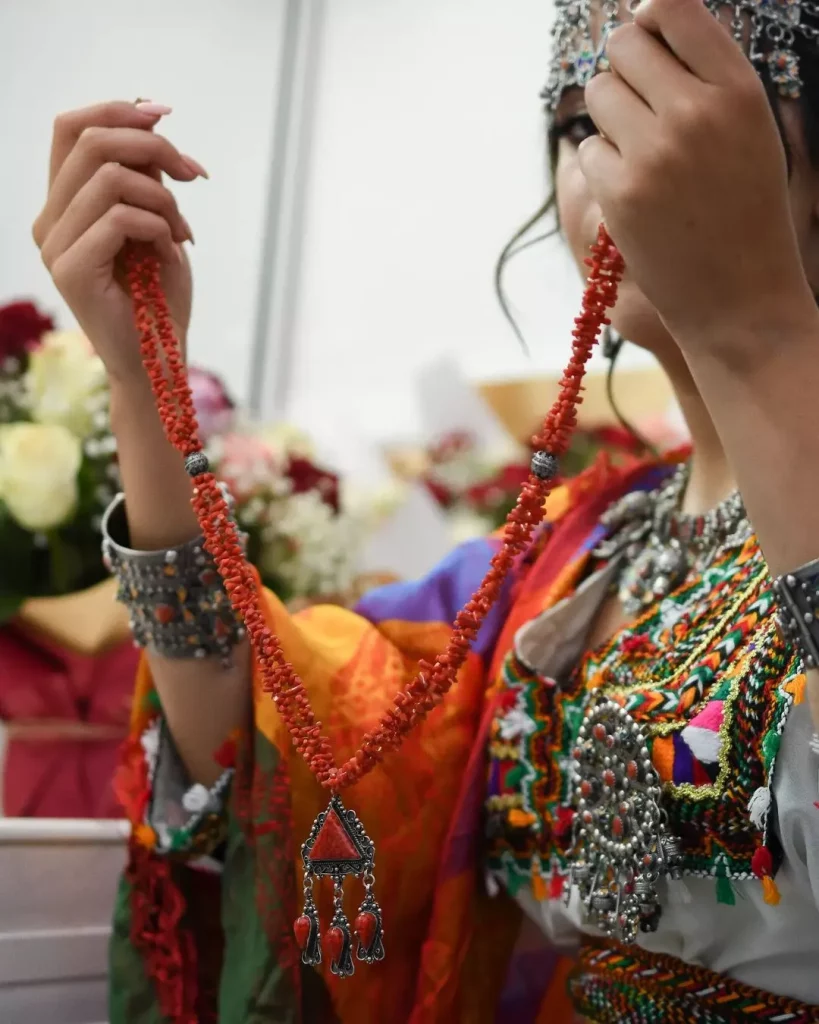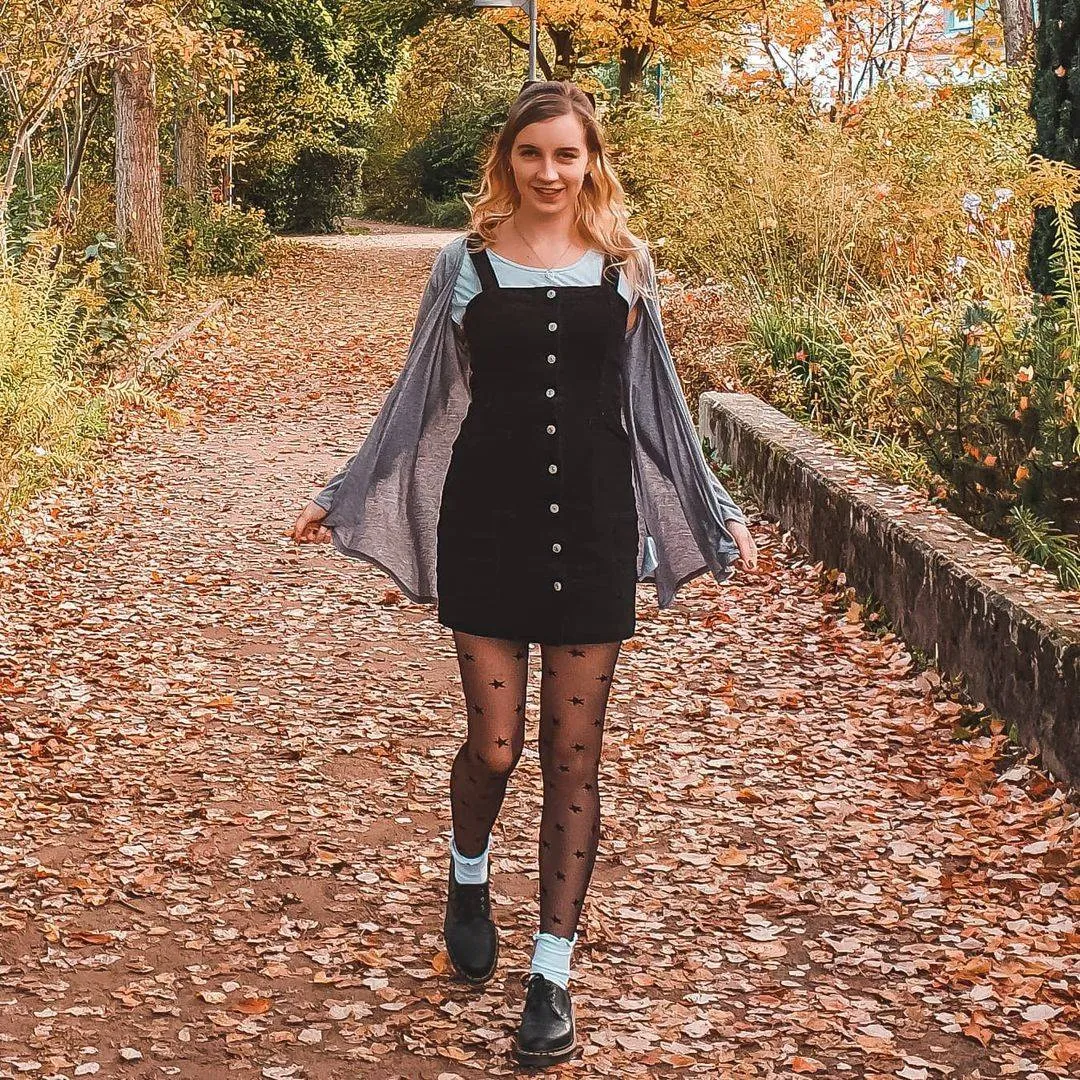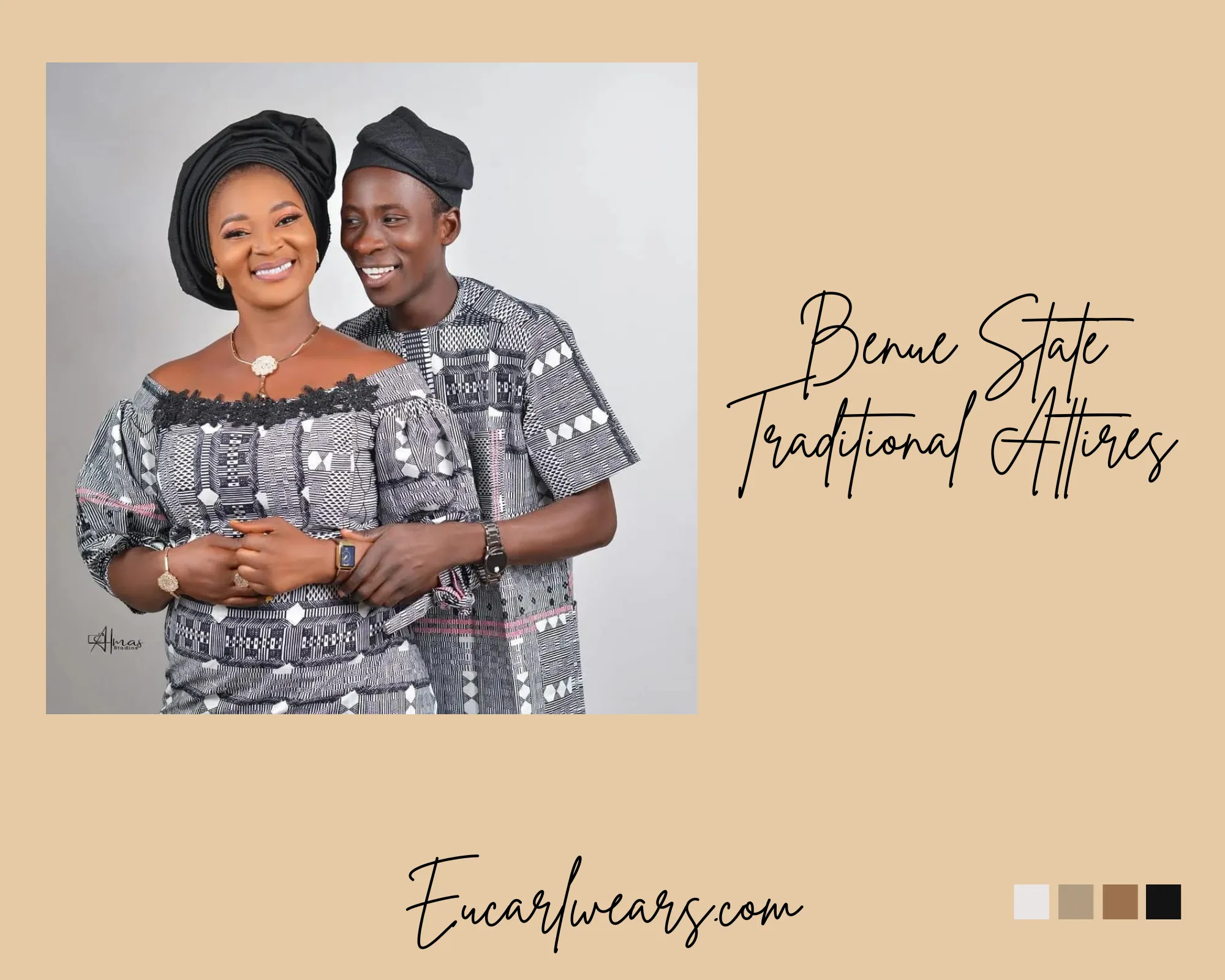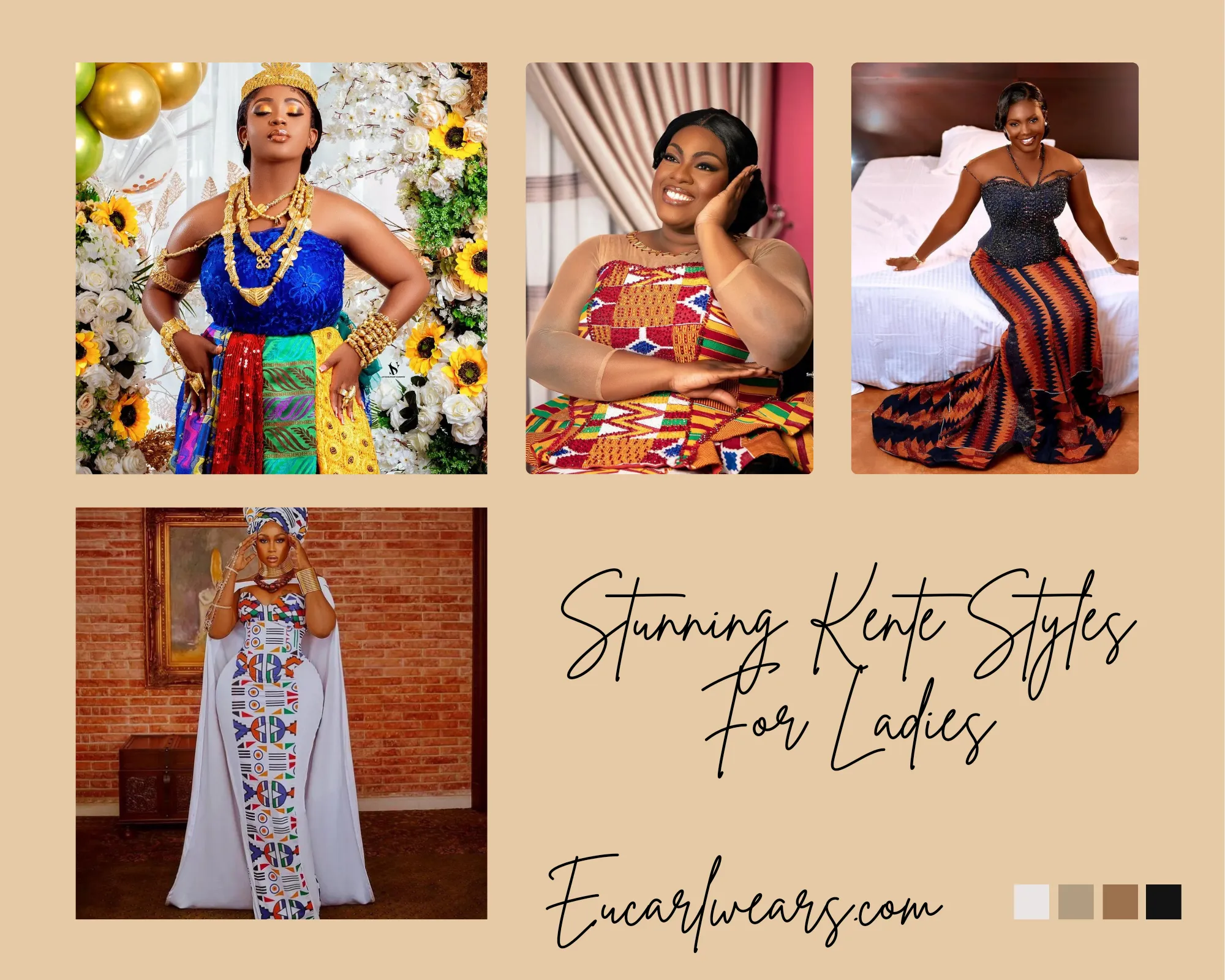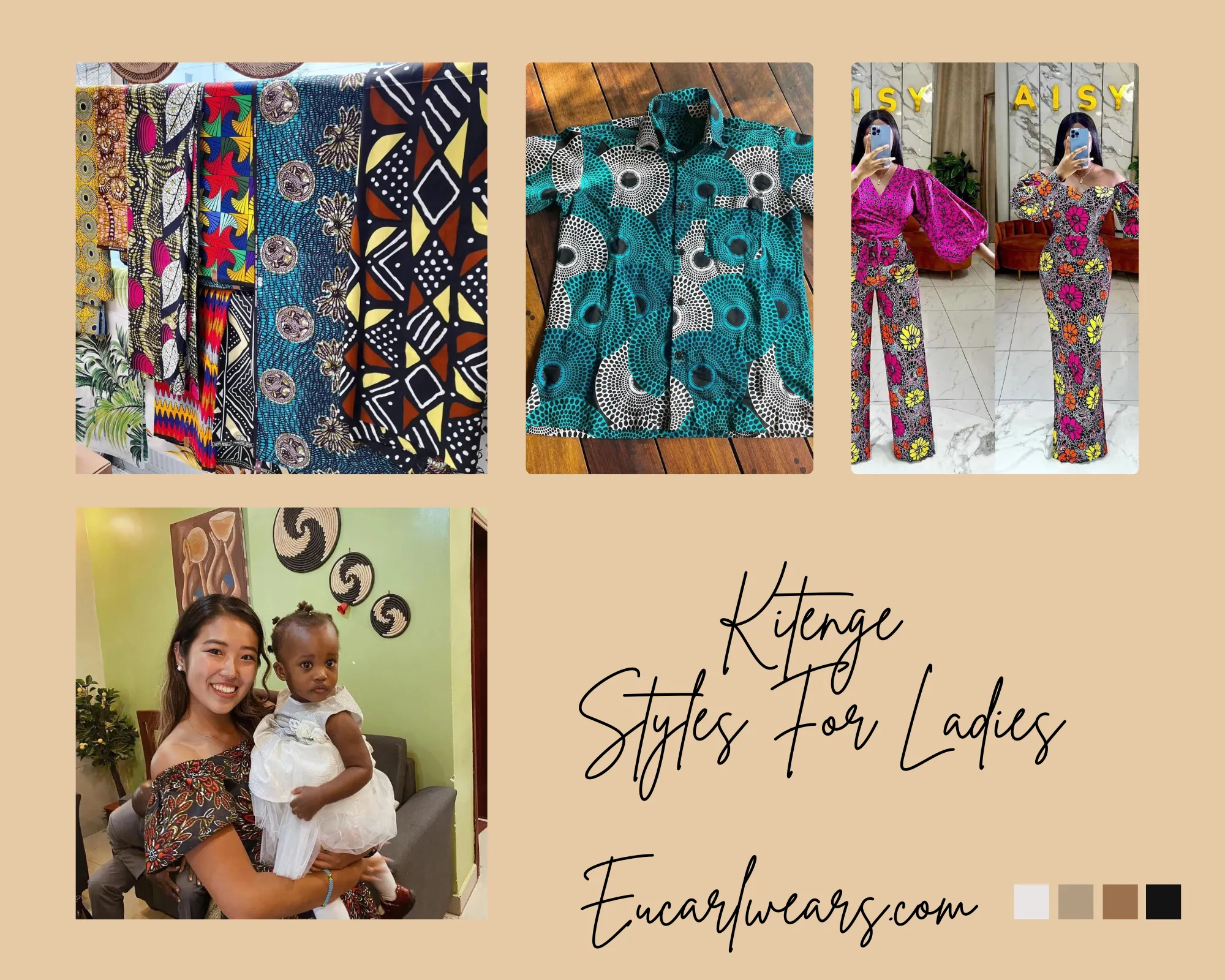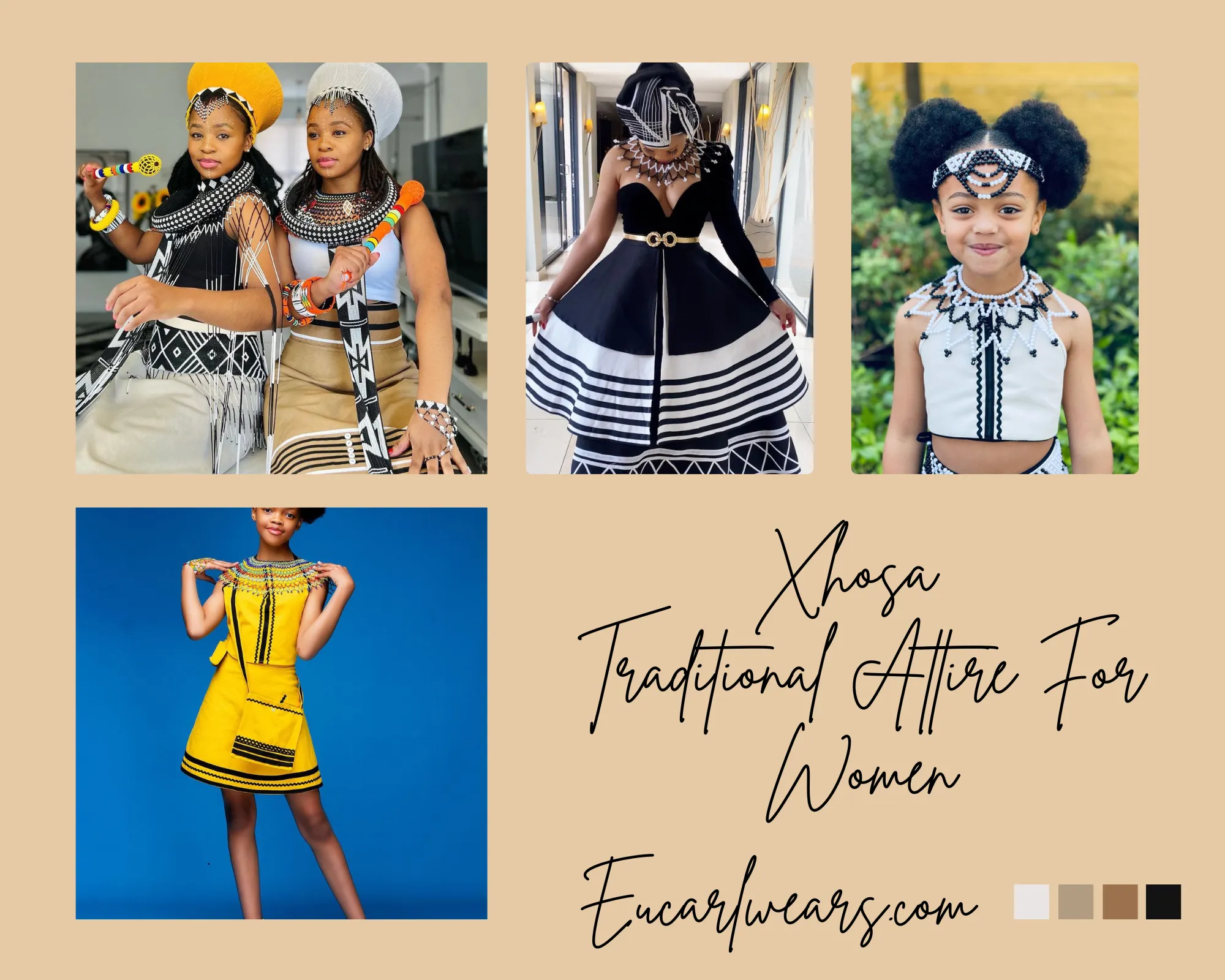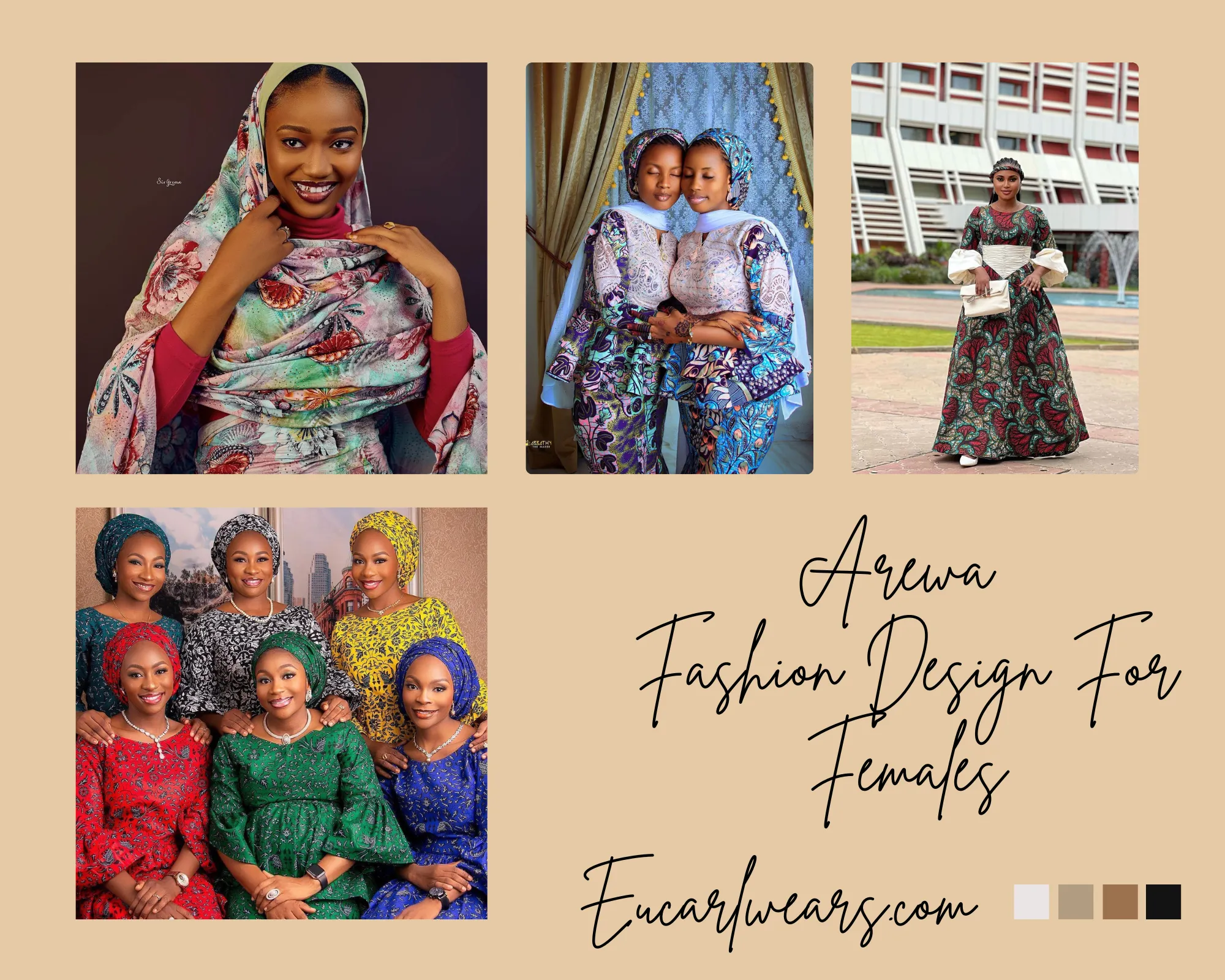African Wear
The True Traditional Kabyle Dresses

Traditional Kabyle dresses are the ethnic attires of the Berber women in North Africa. You are most likely going to see women in this apparel in North-Eastern Algeria.
The best part about these clothing forms is that you can wear them to just about any ceremony. Be it weddings, baptisms, family celebrations, or Kabyle cultural ceremonies amongst others.
You can style these Kabyle fashion dresses with or without Fouda while giving them a traditional or modern touch to match your preferences.
There are a variety of options when it comes to stylishly donning the traditional Kabyle Dresses. The Kabyle Gargari dresses, Kabyle Haute couture dresses, long Kabyle dresses for brides, and simple Kabyle dresses for lounging at home below will set you in a pretty mood
The Traditional Kabyle Dresses: Regional History and Culture
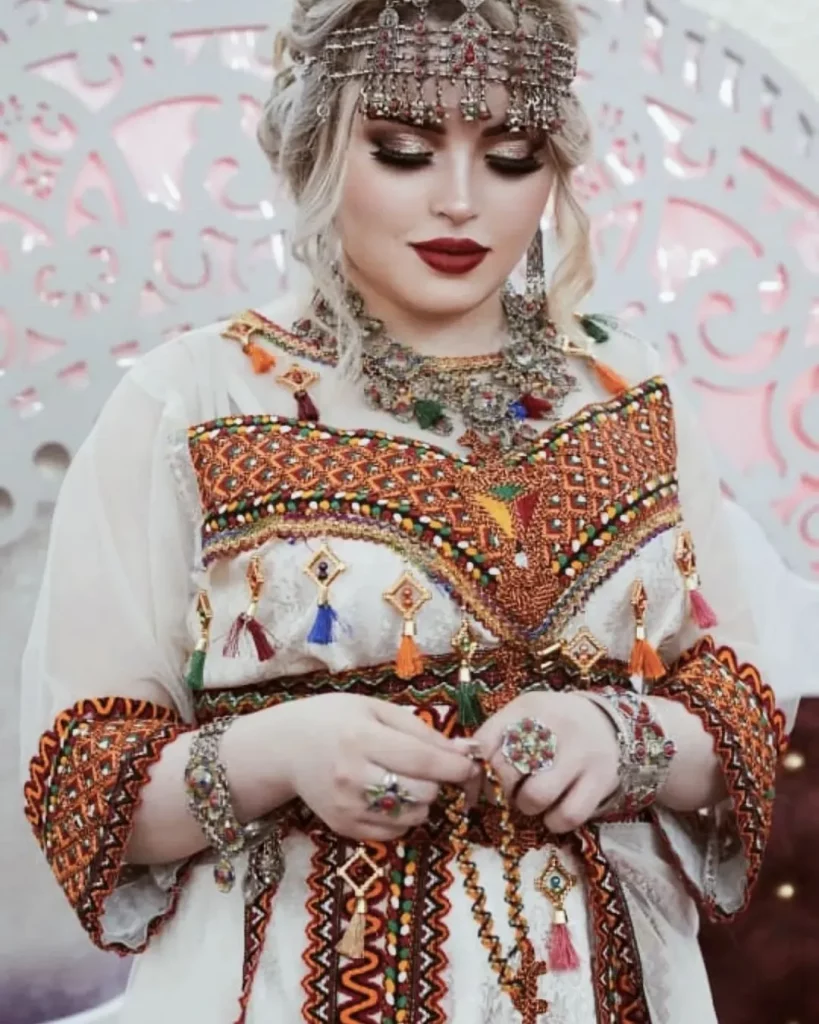
The Berber tribe in northeastern Algeria is a region constituted of Bejaia, Bou Arreridj, Bouira, some parts of Setif, and Tiziouzou.
Unlike many other Arabic countries fashion styles, the Algerians have cultures that have remained unchanged and long-standing despite modernization and western trends.
The most prominent craft in Algeria is the sewing of the traditional Algerian Amazigh robe – the Kabyle dress. The sewing of these clothes dates back to centuries ago of the Amazigh civilization.
This Kabyle dress is a specific dress and a symbol of identity for women in Kabylia. While wearing the dress, there are some historical meanings, symbols, and rules warped within the styling of the dress. These elements have been associated with clothing since its ancient origins.
The different symbols and shapes drawn on the canvas of the Kabyle dress are used to express the subtle feelings of a Kabyle woman. These include anger, depression, pessimism, sadness, and sometimes joy.
Kabyle garments are made with bright colors – yellow which is the color of the sun symbolizes the people’s source of strength. Green means hope, blue designates freedom, and orange represents magnanimity.
The original garment styles are handmade from silk woven and sewn in simple, repetitive patterns. Along with modernity came more styles, colors, and symbols used in fashioning the dress.
A Berber woman is expected to wear her frock dress with a belt and a towel wrapped around her. For a married lady, the towel has to be worn over her robe and around her waist. A single woman ties the towel either on her right or left shoulder.
During the olive harvest season, a towel is an essential tool for tribal women and not just a decorative item.
Before heading to Kabylia to buy new Kabyle dresses, our collection below features some styles that you would love to take fashion inspiration from when styling yours.
While showing these styles to your seamstress, ensure she would give a neat finish to your dress so your creation would come out as lovely as it is pictured here.
Traditional Kabyle Dresses: Pictures
